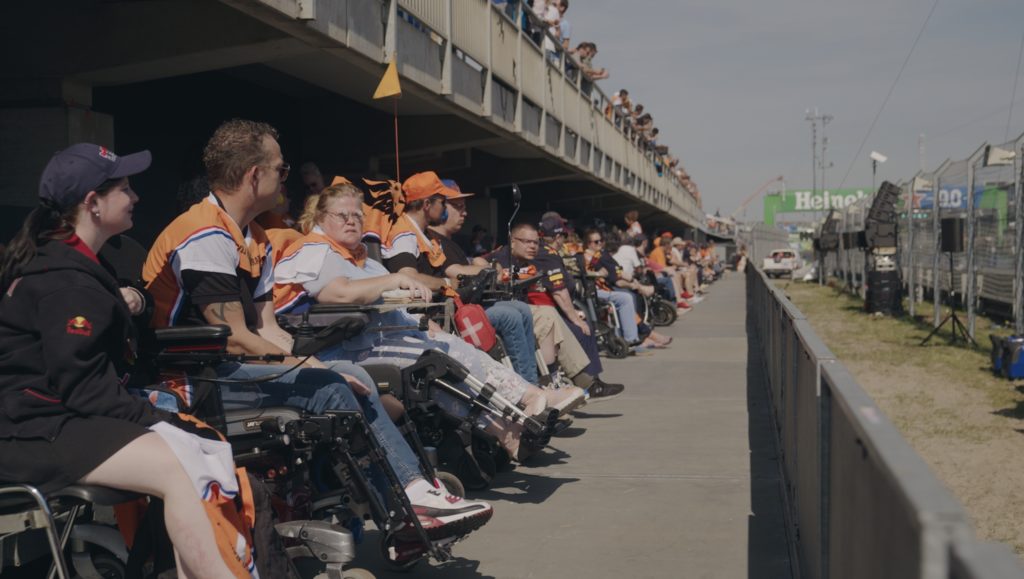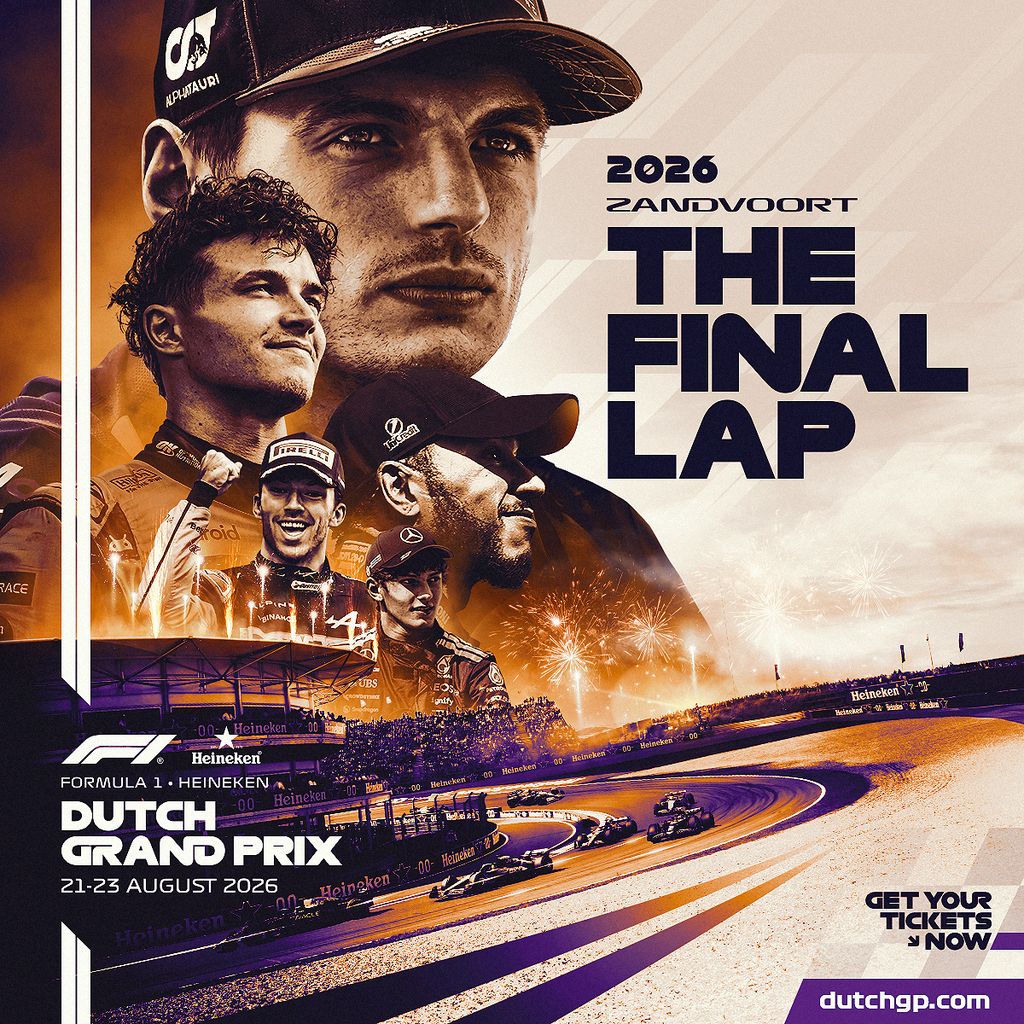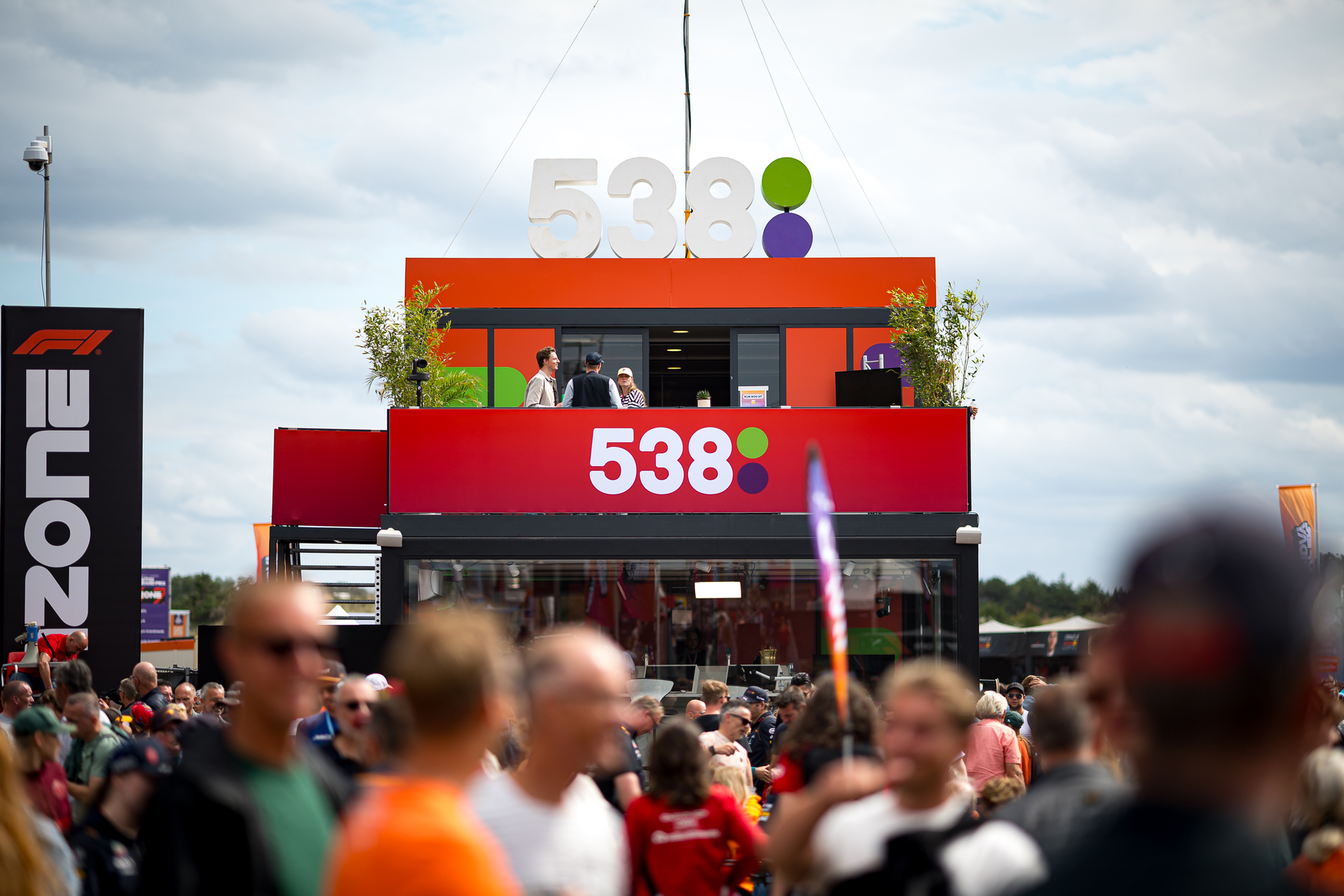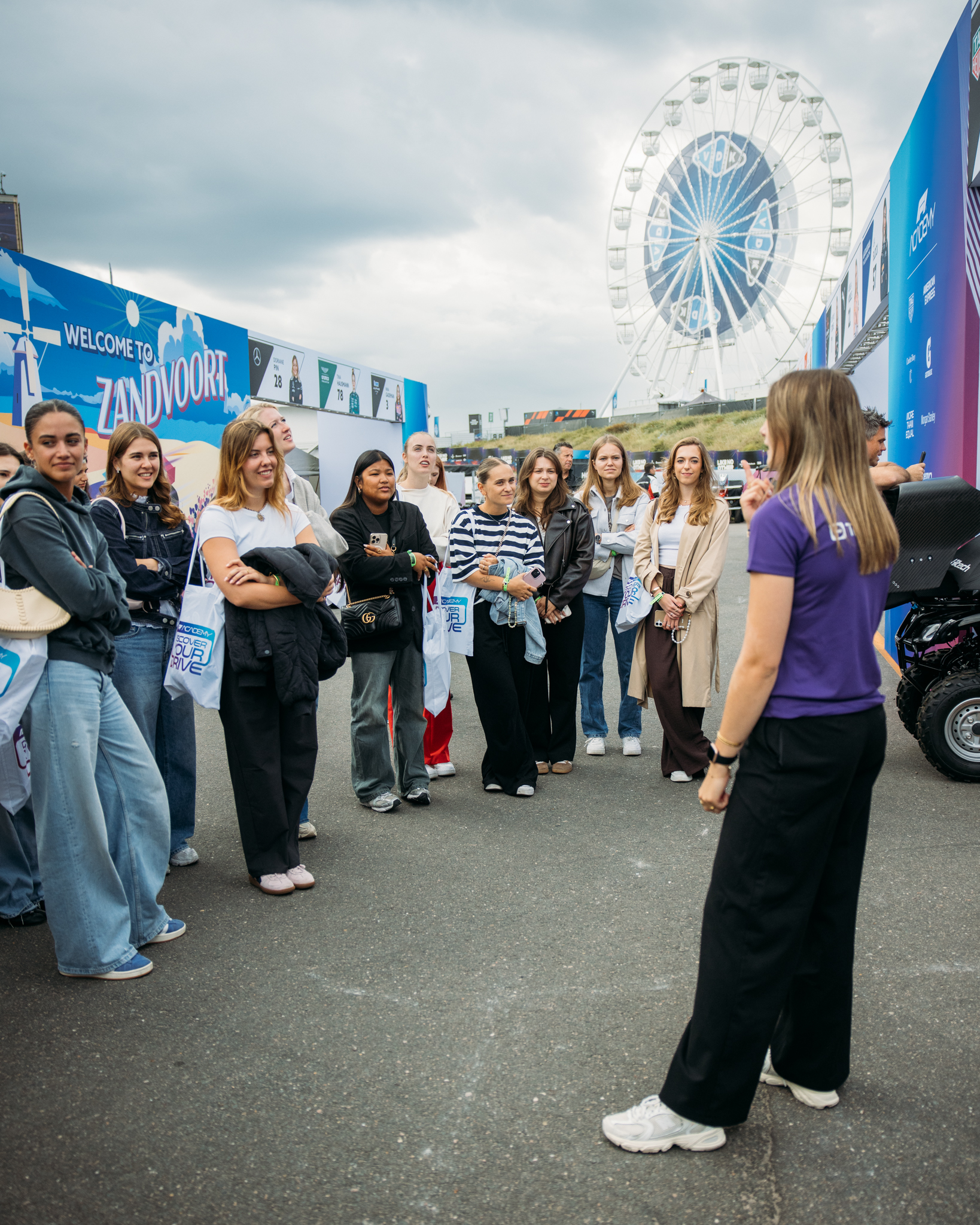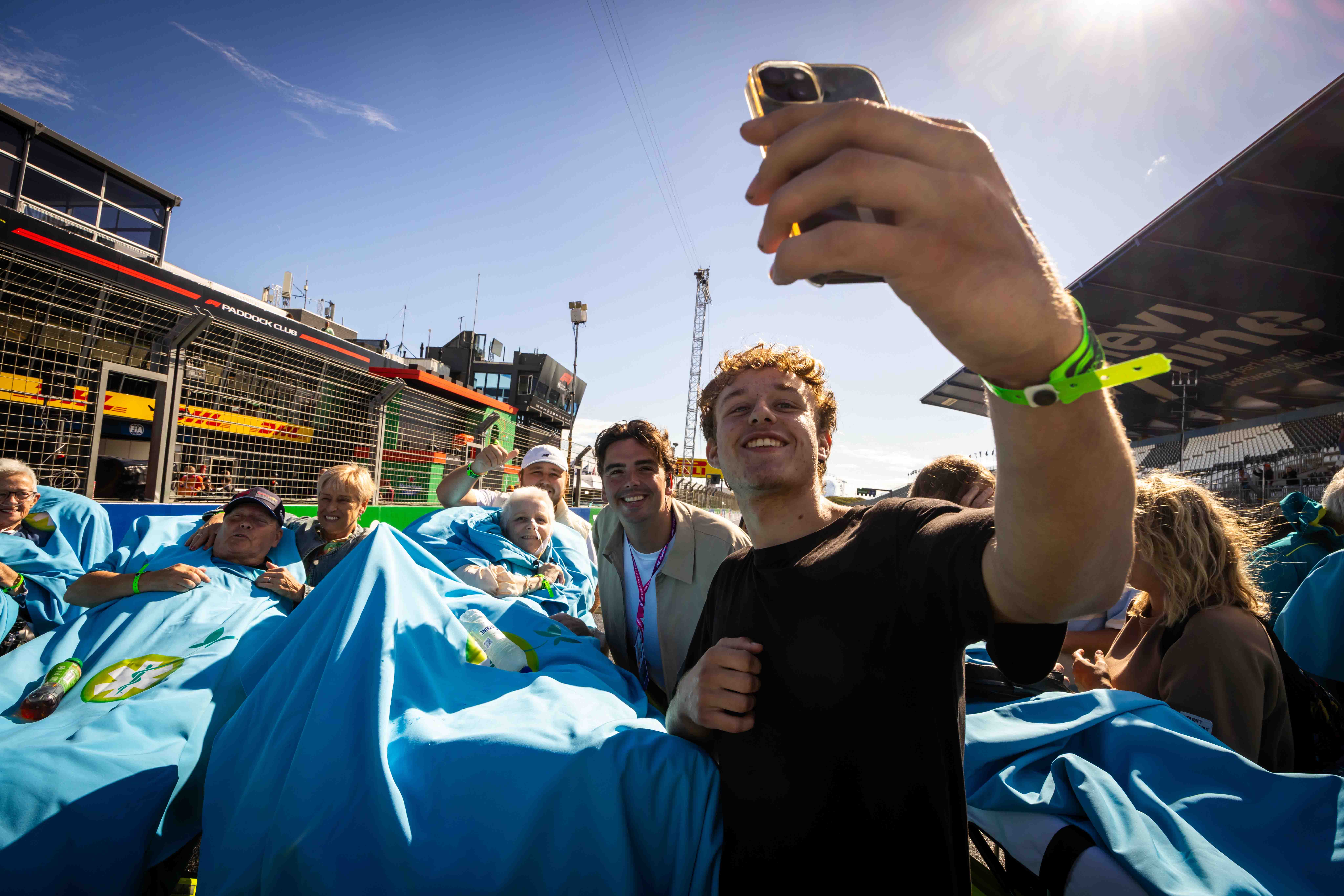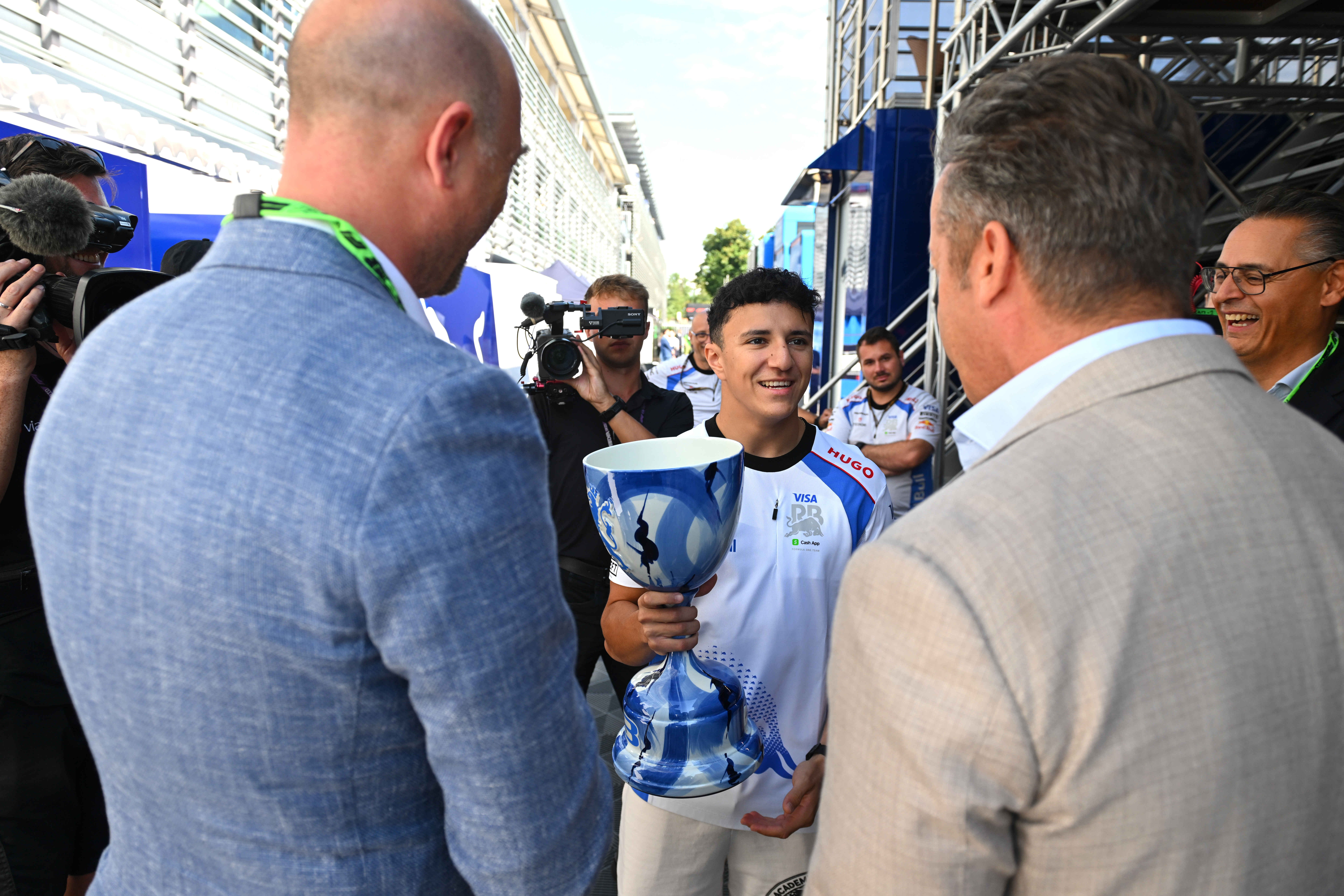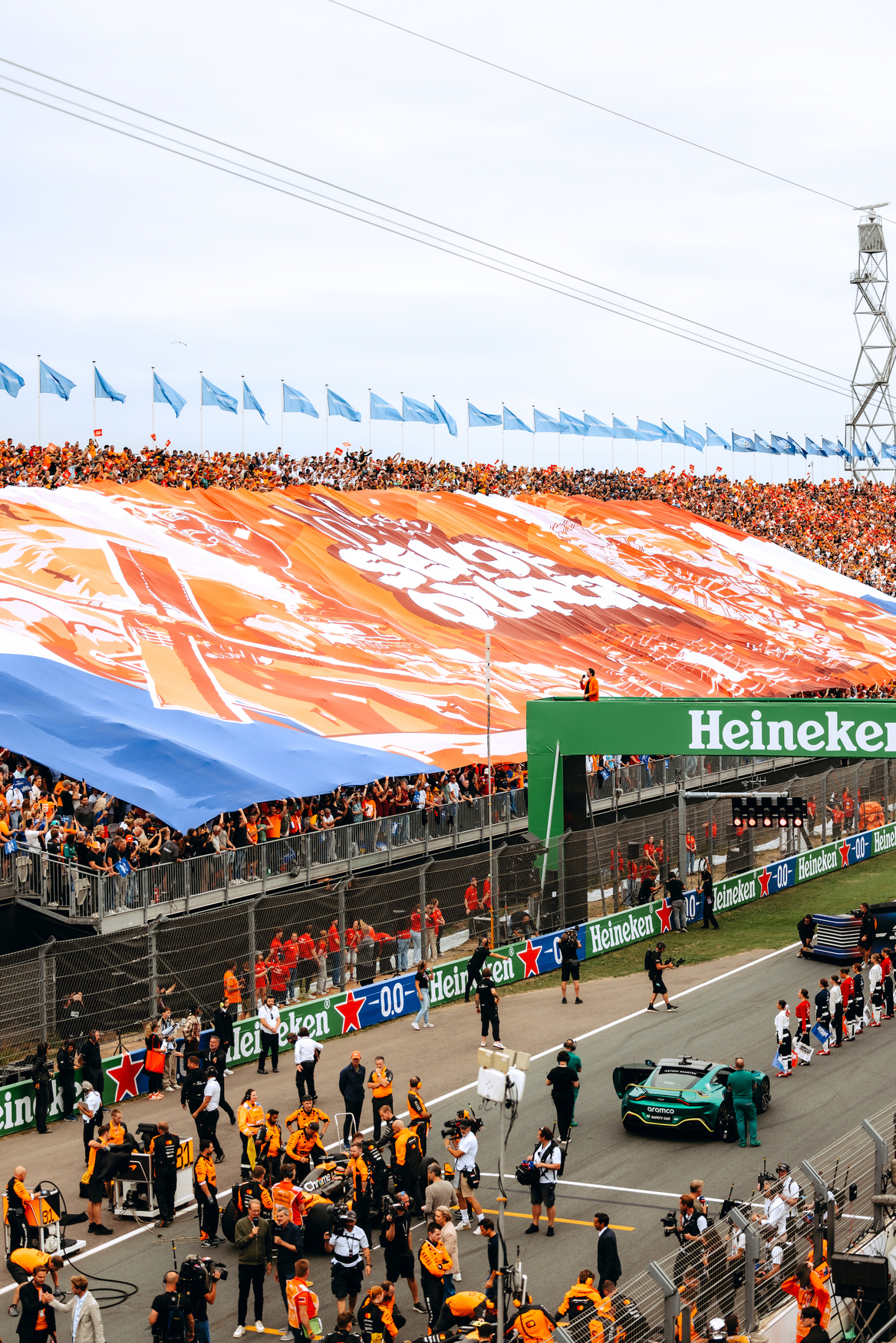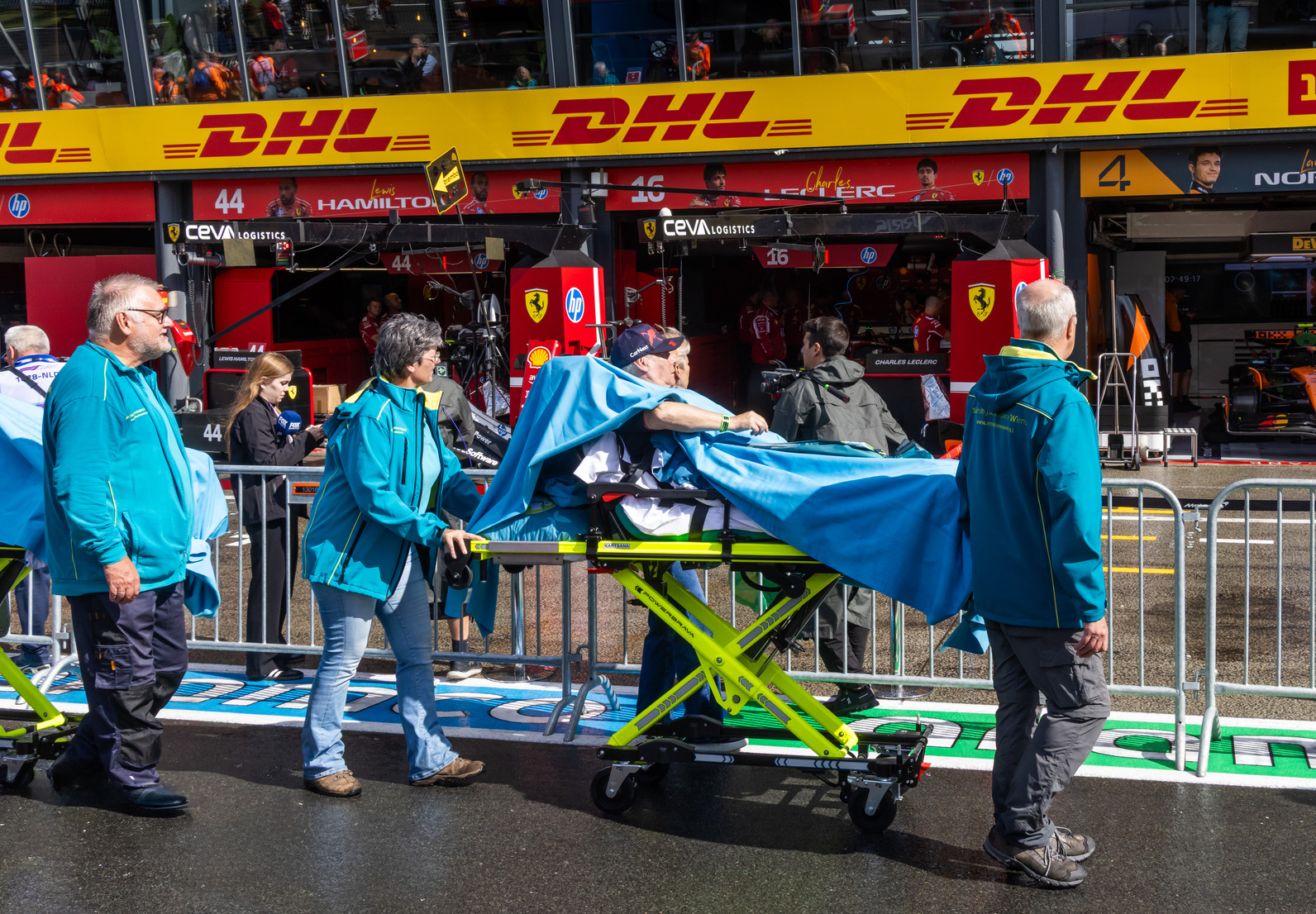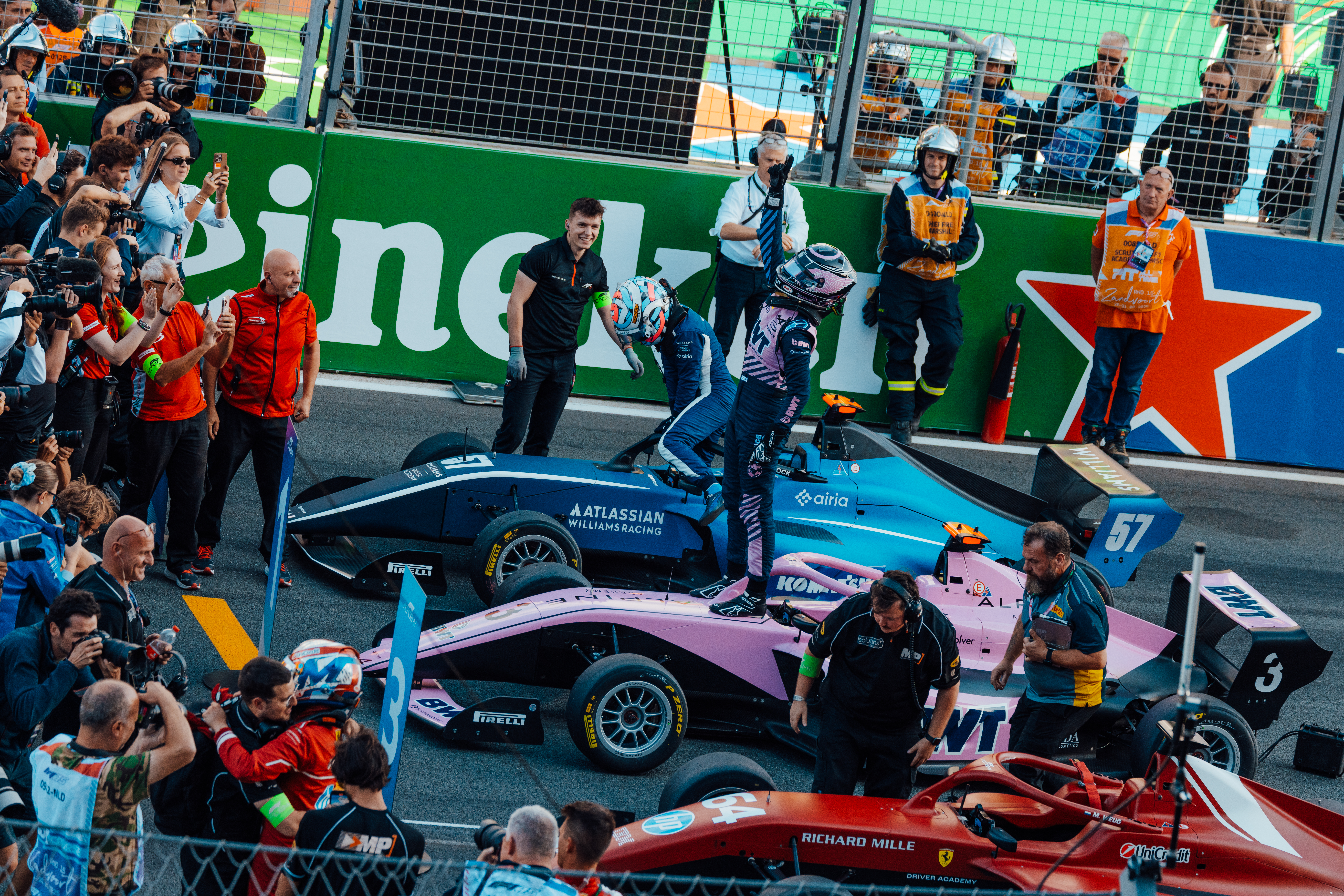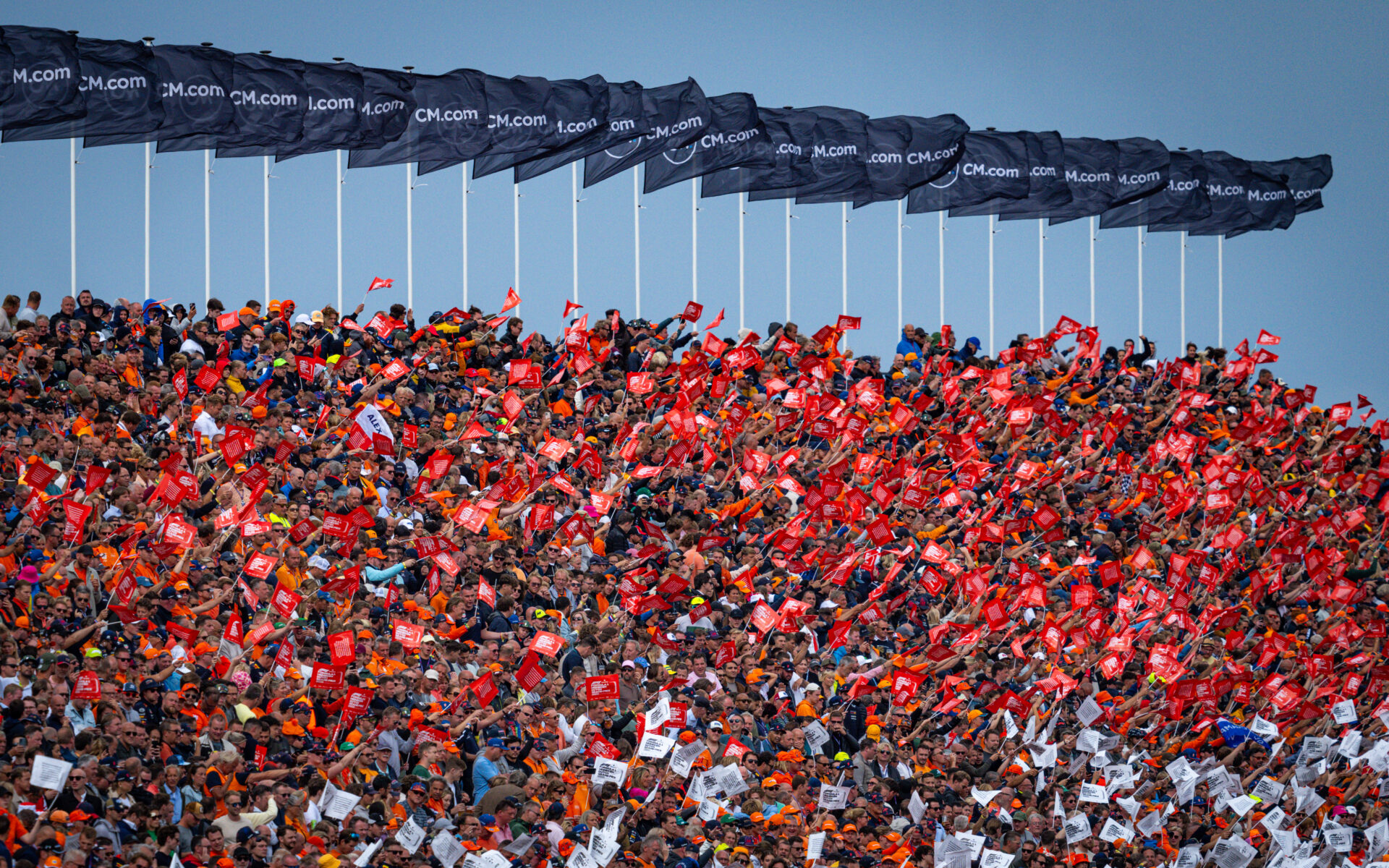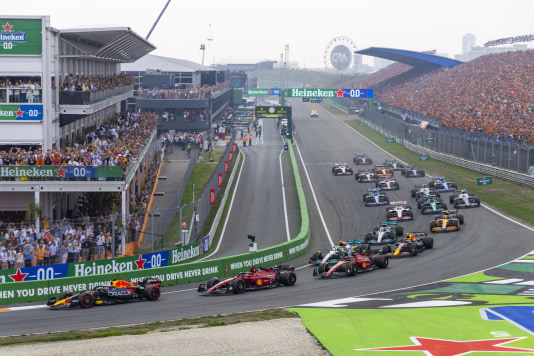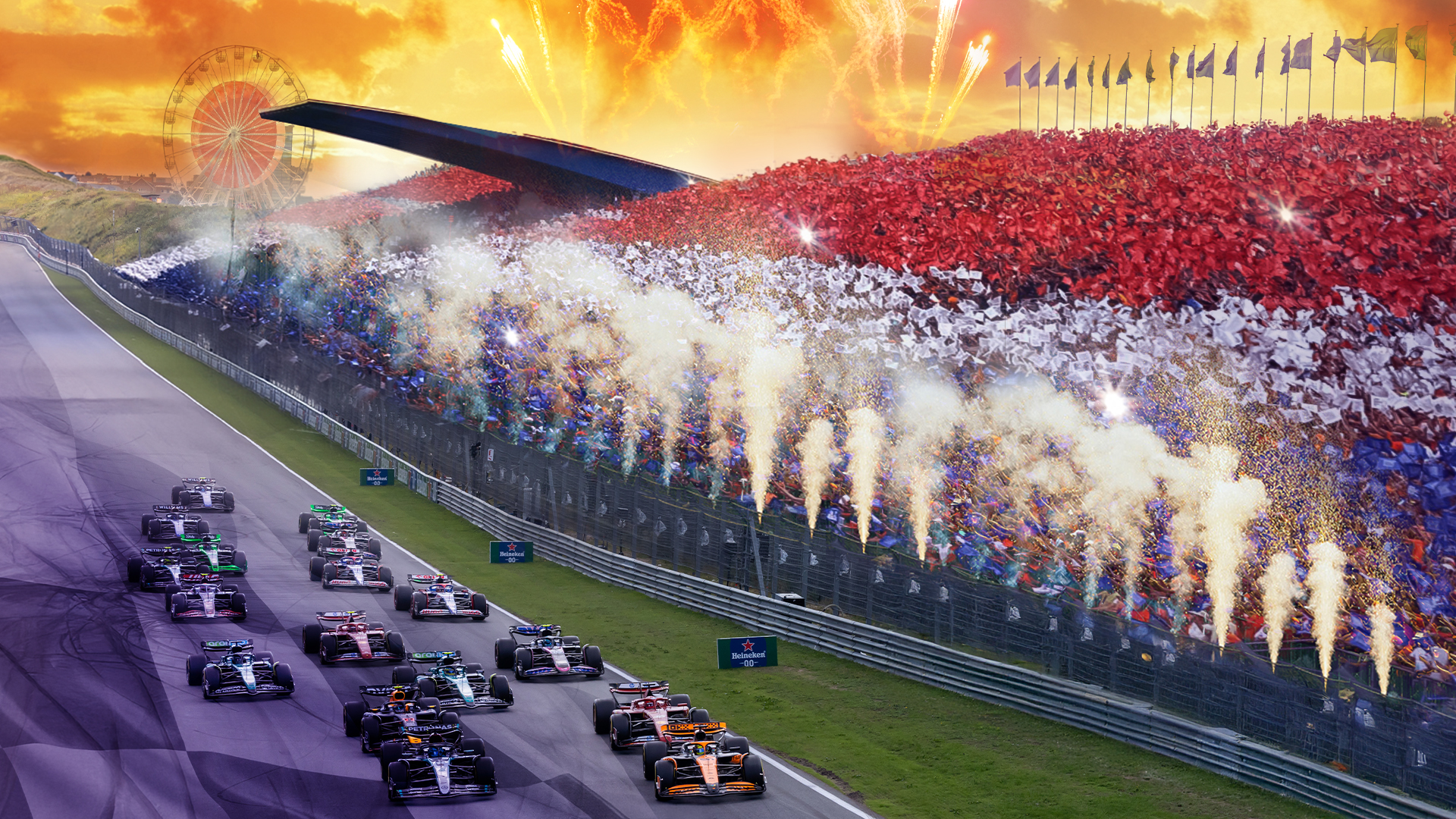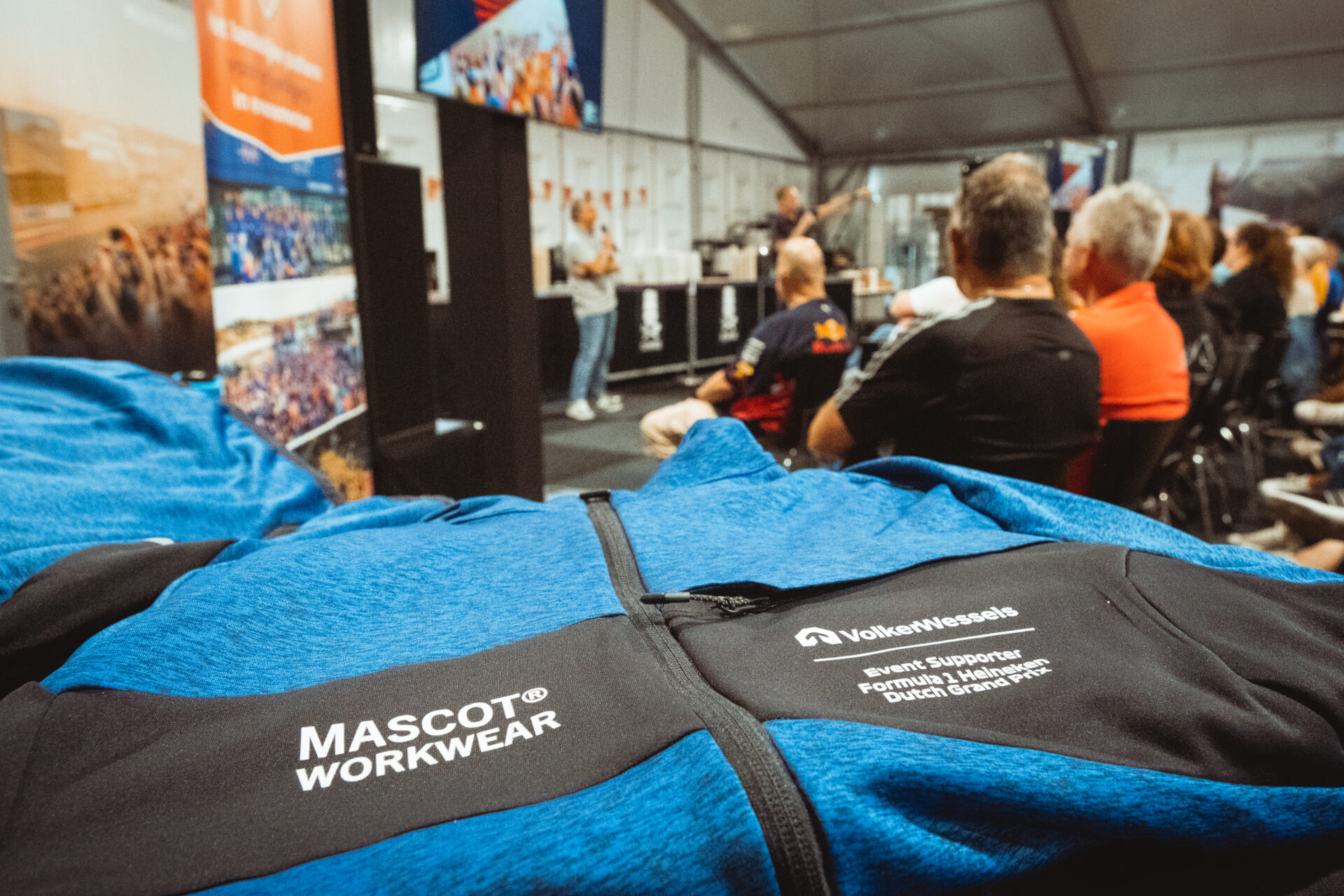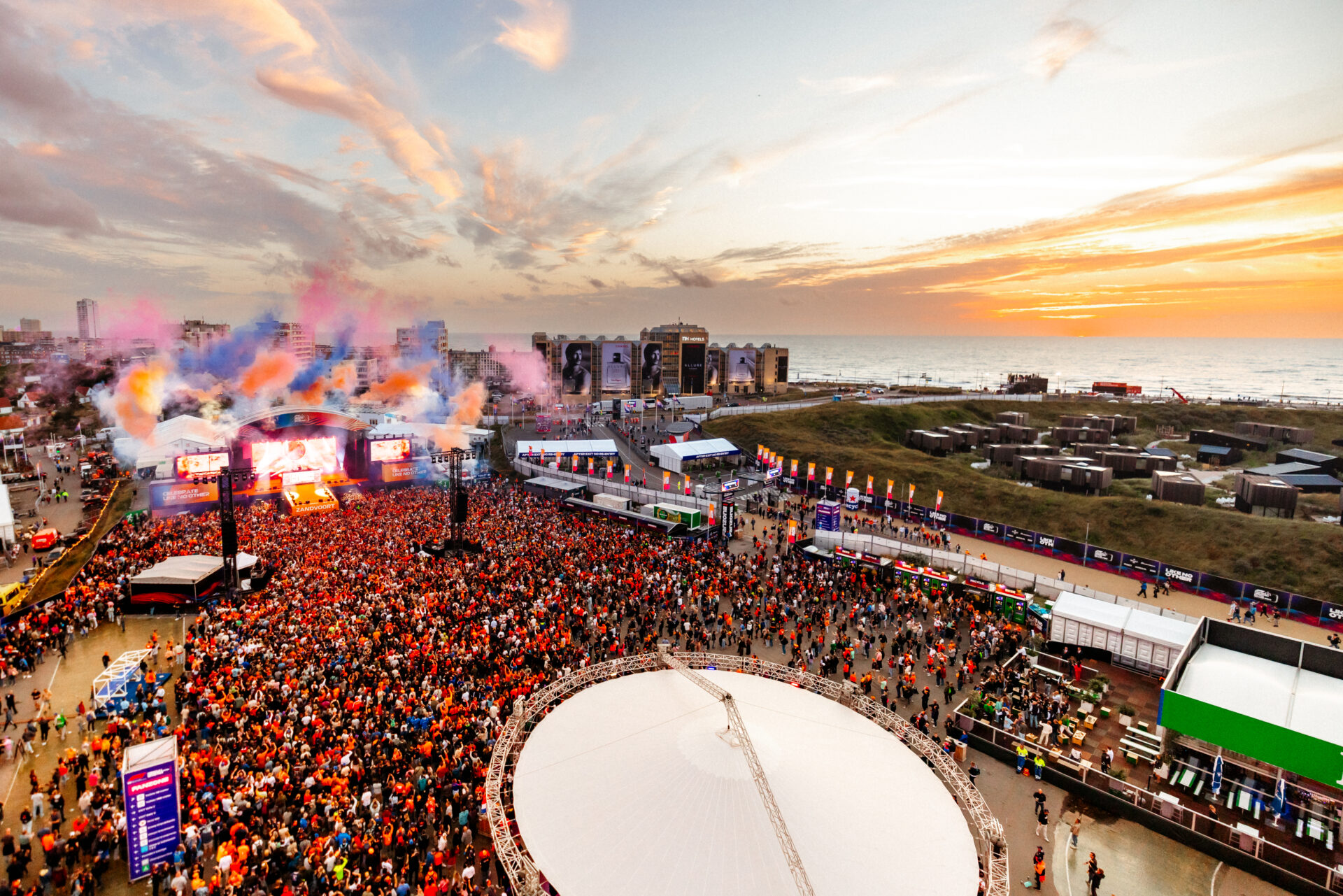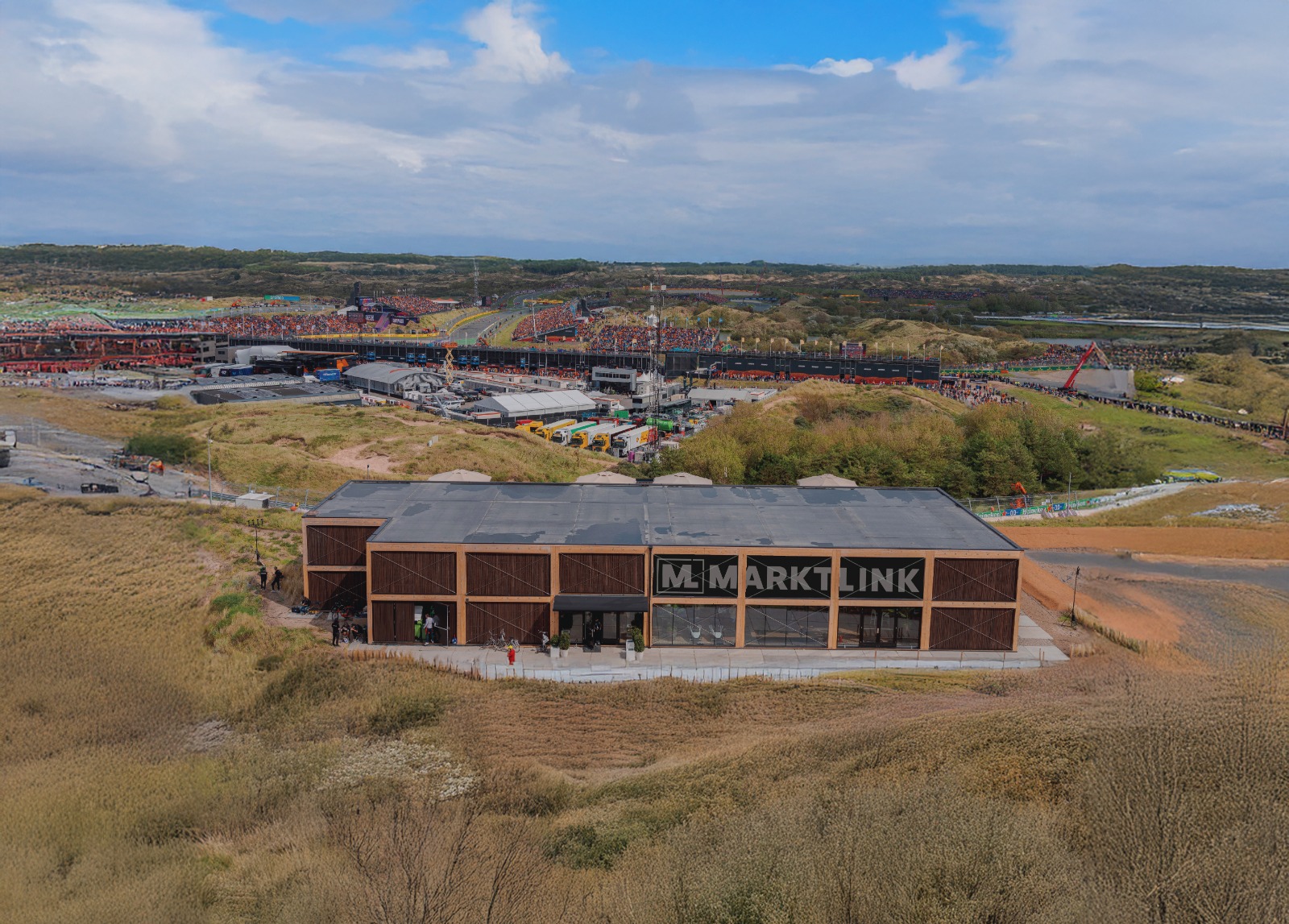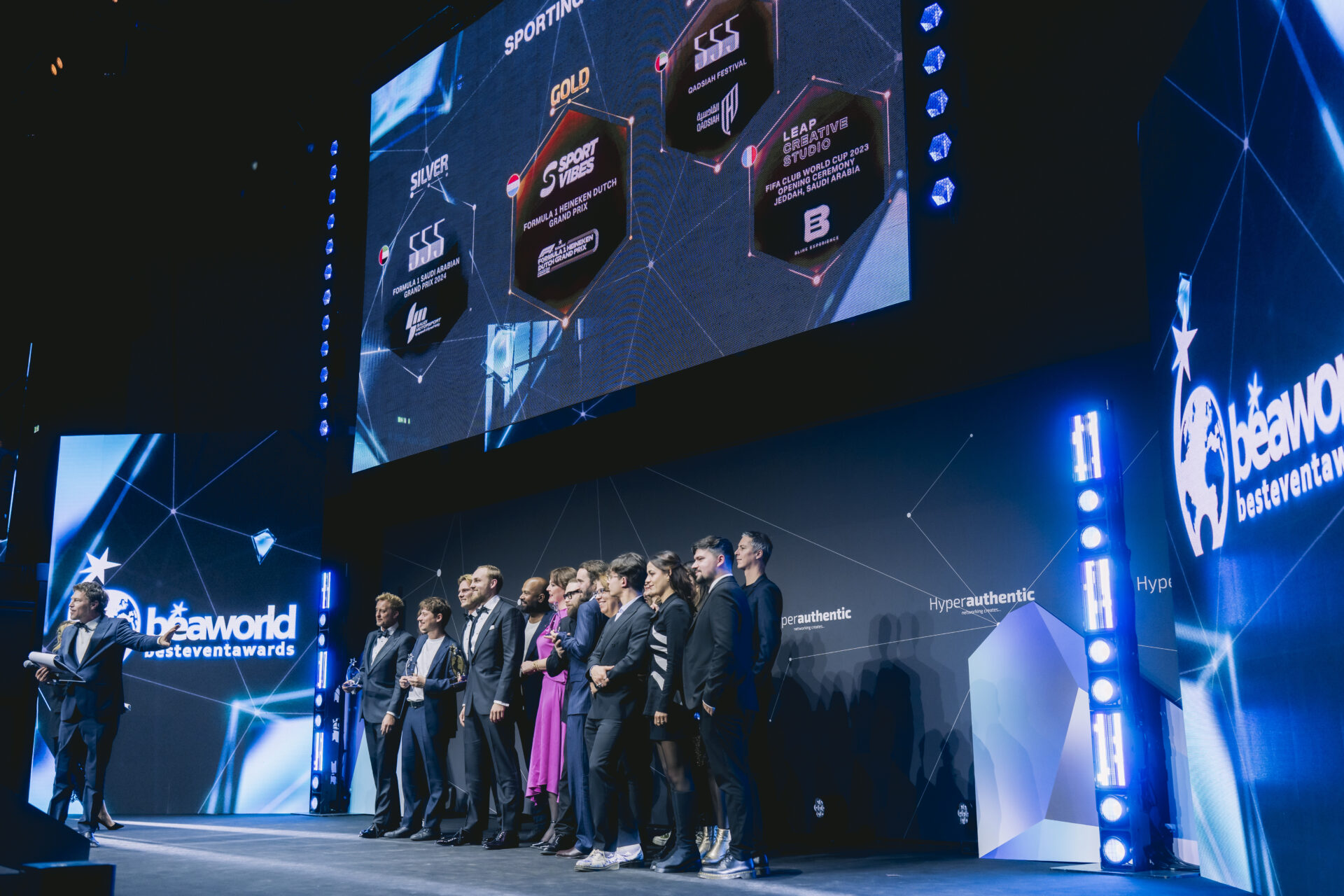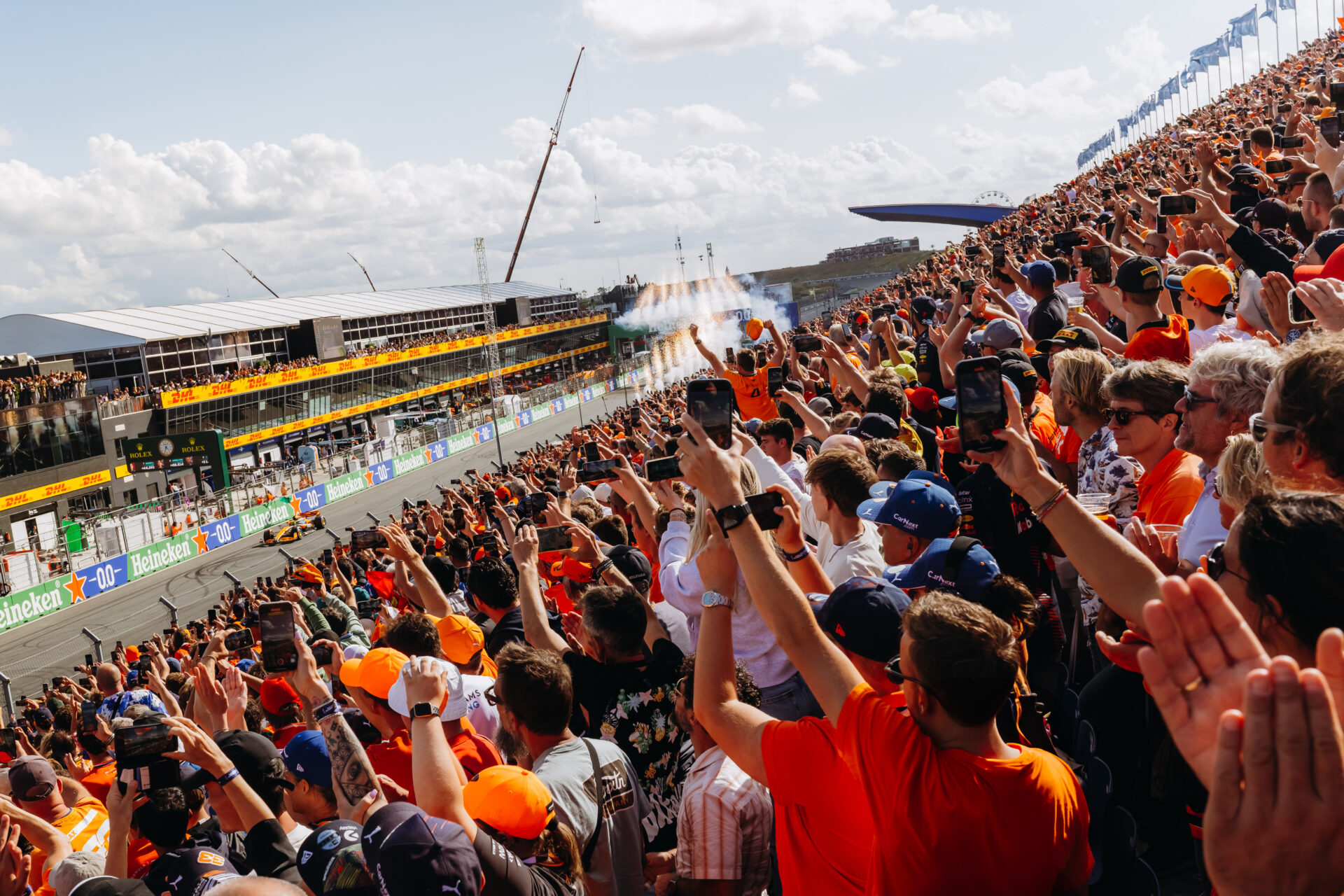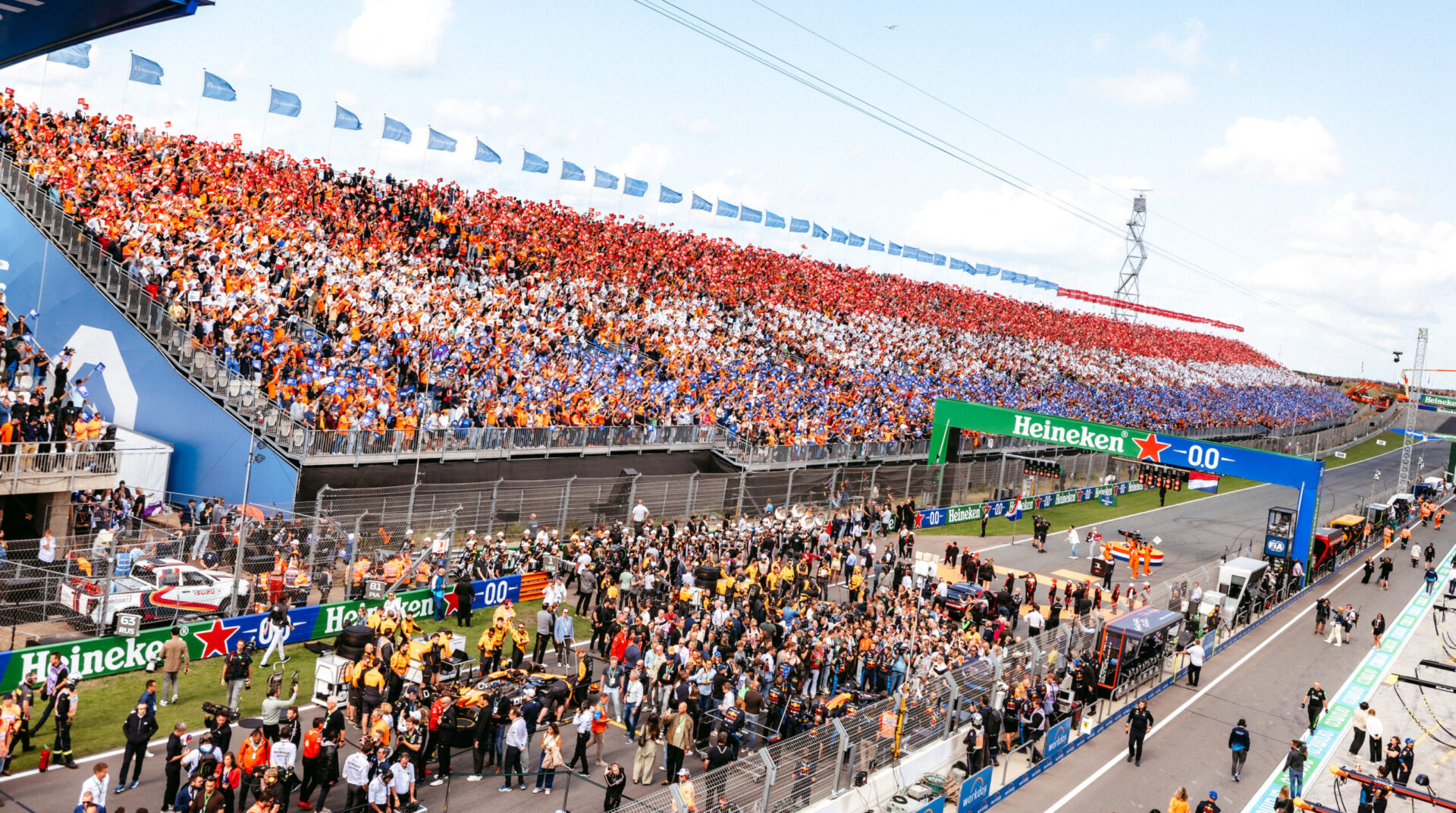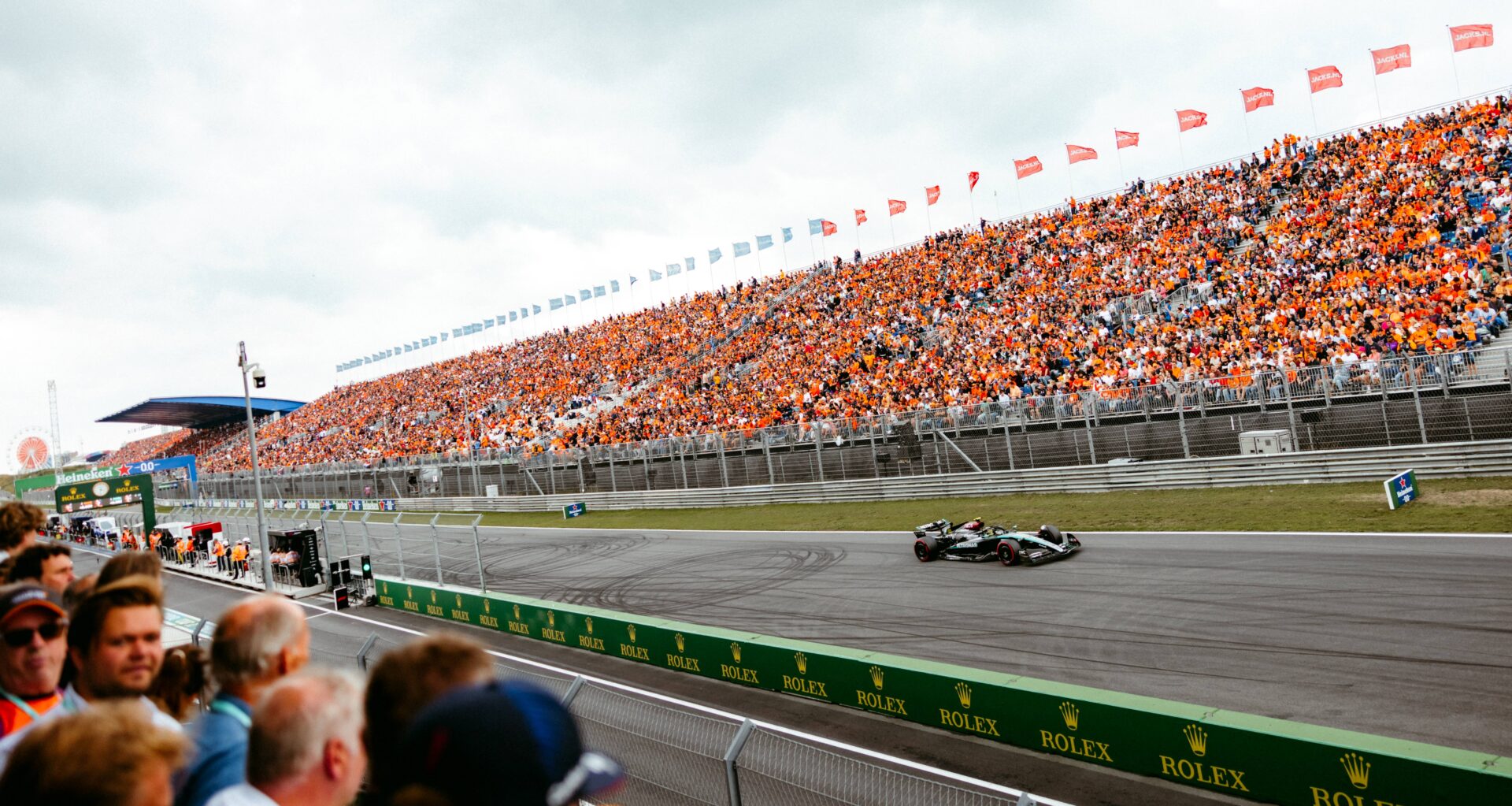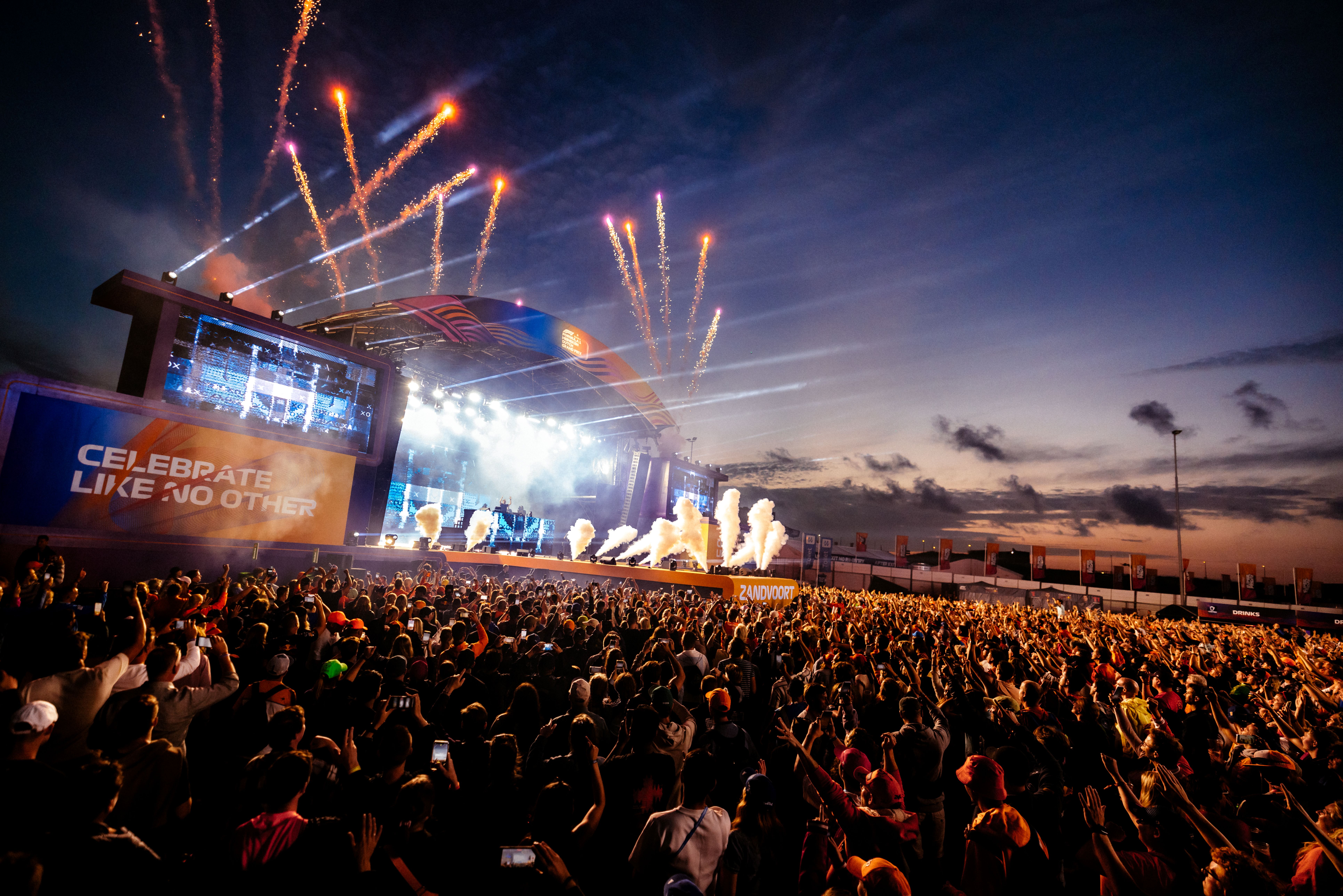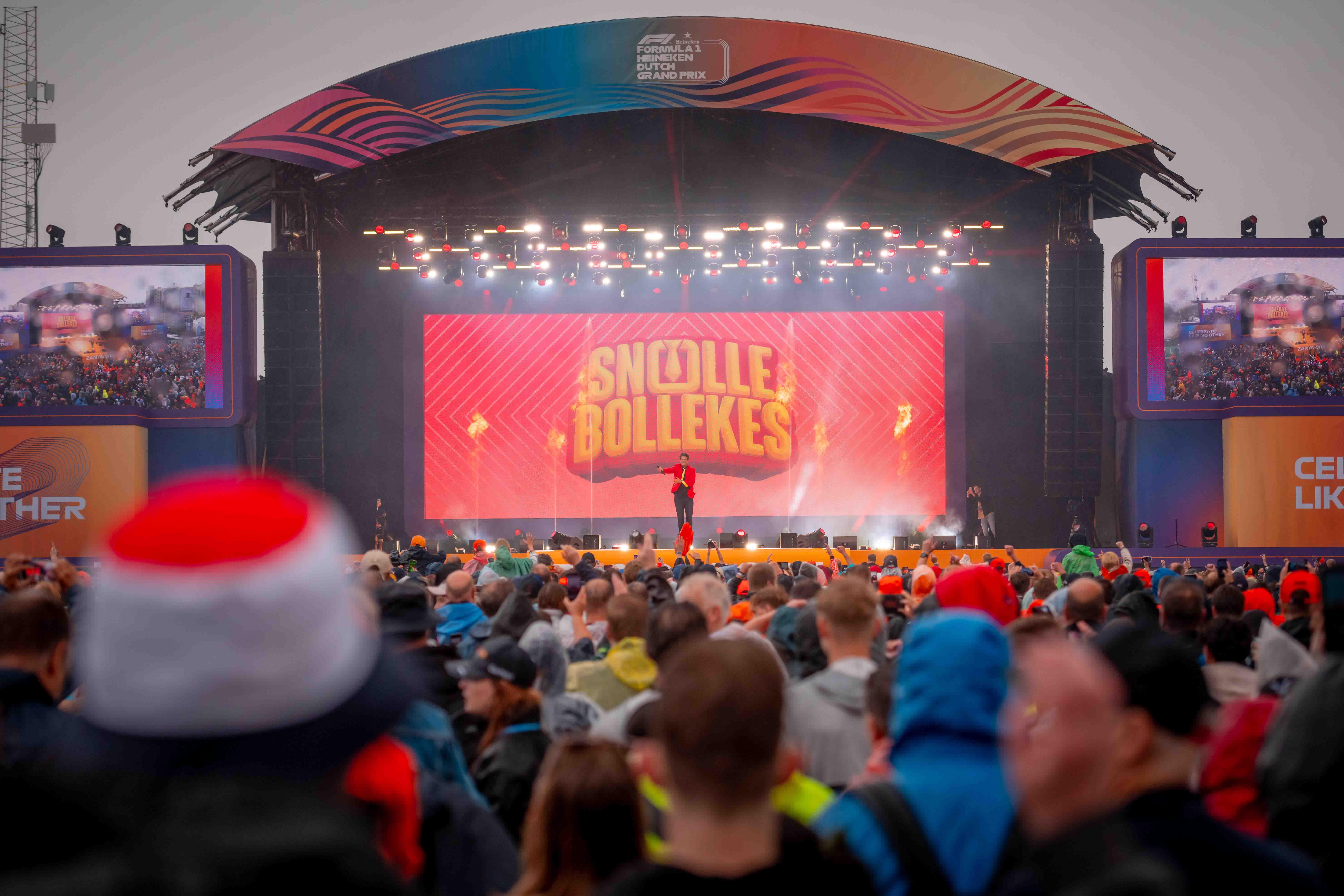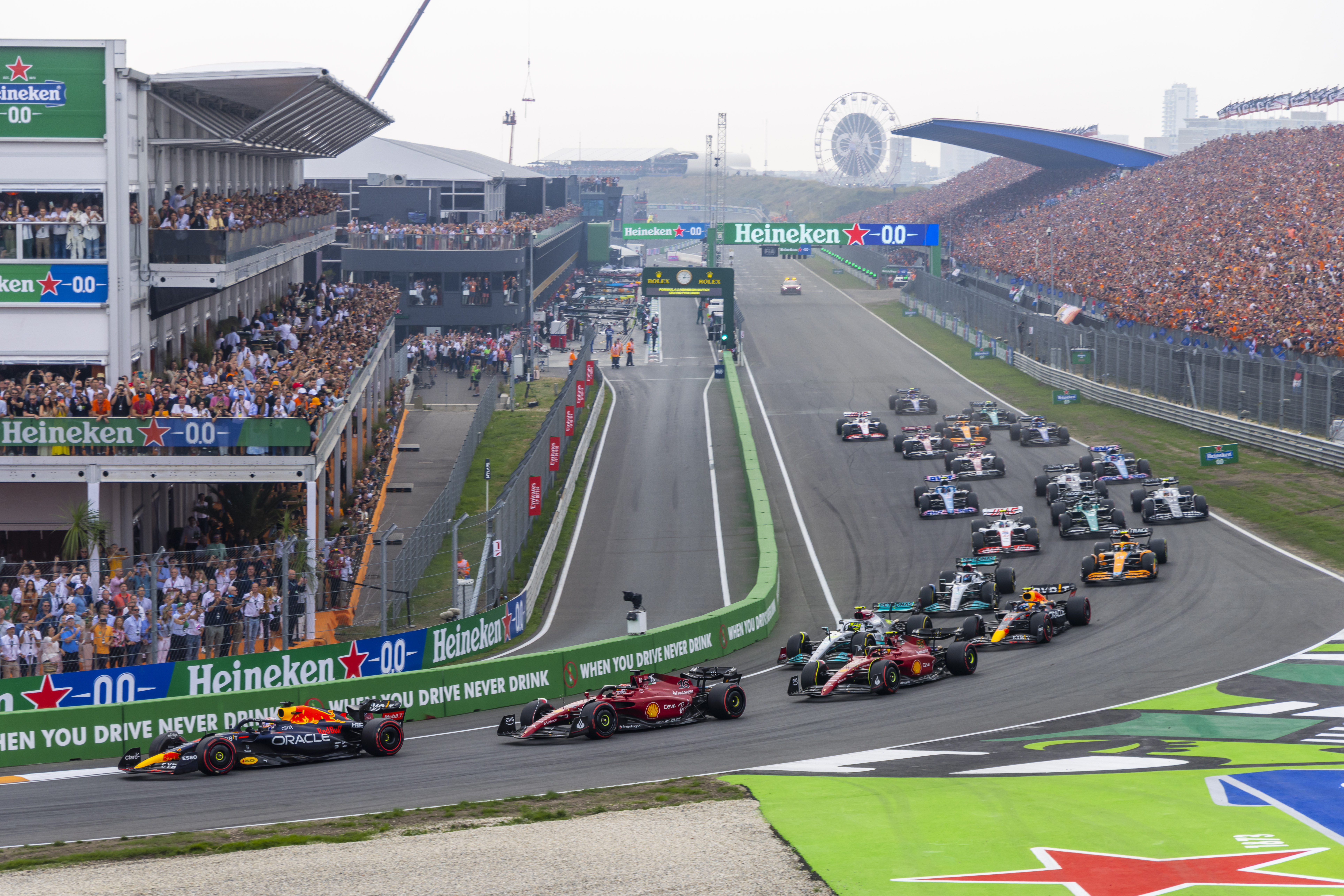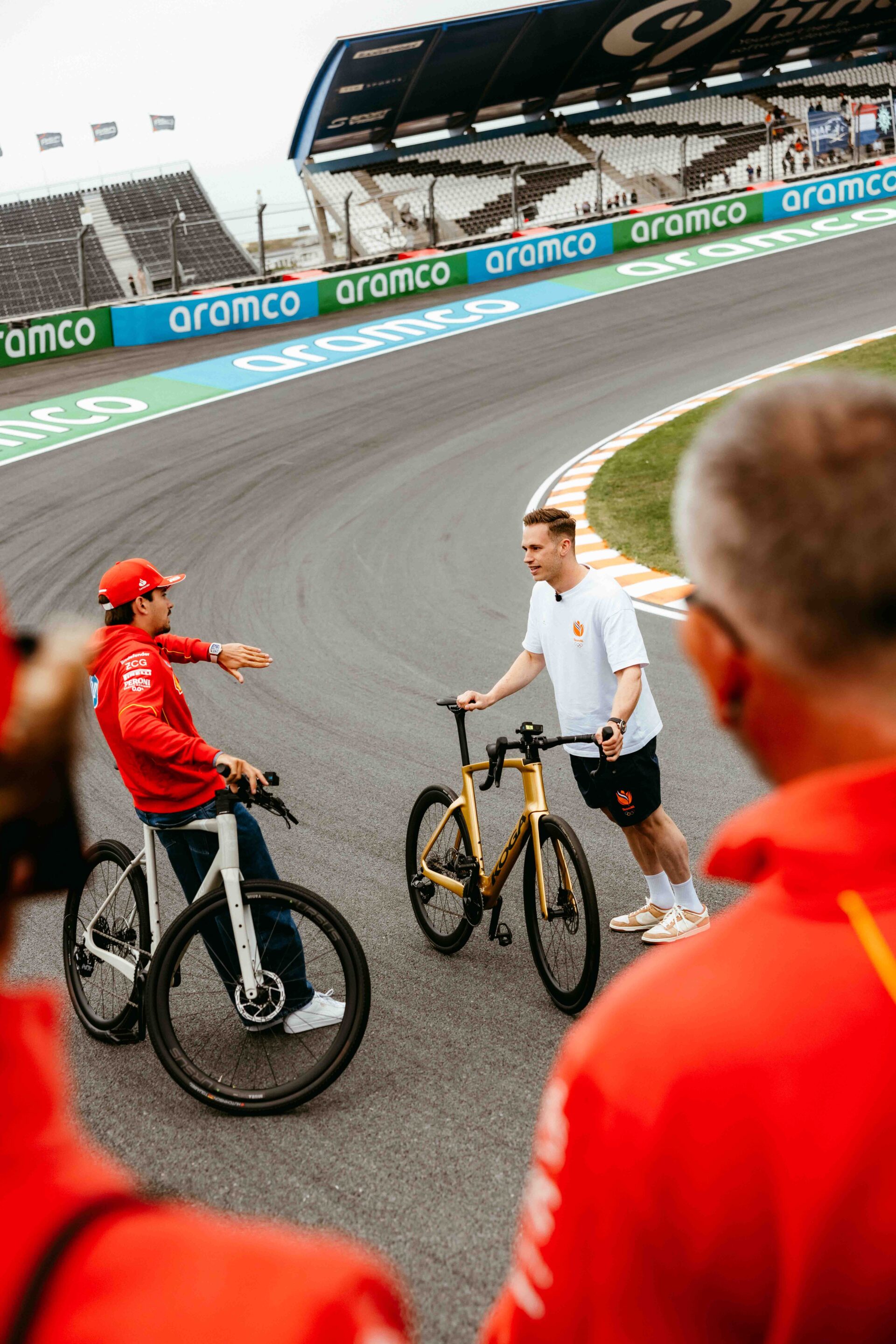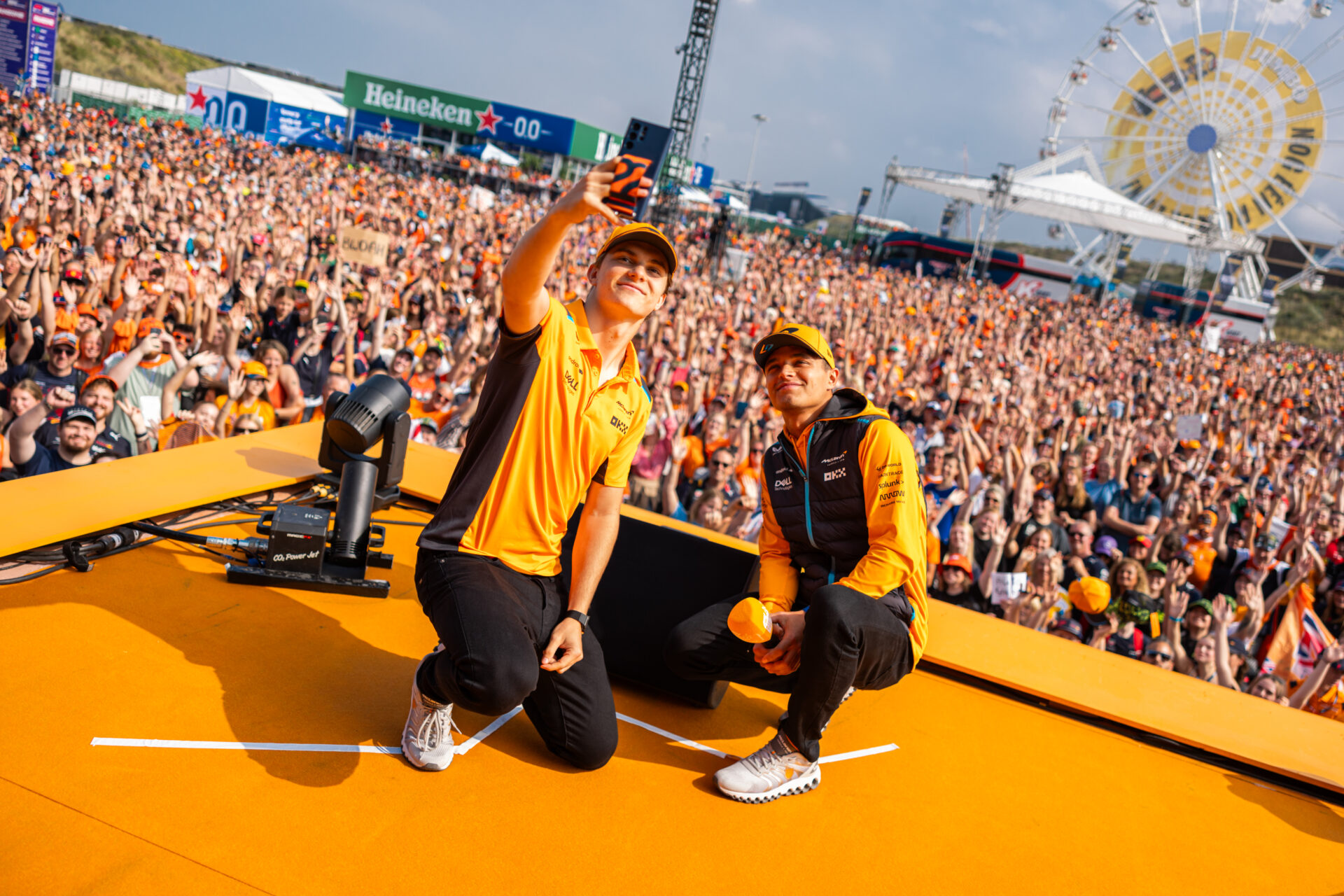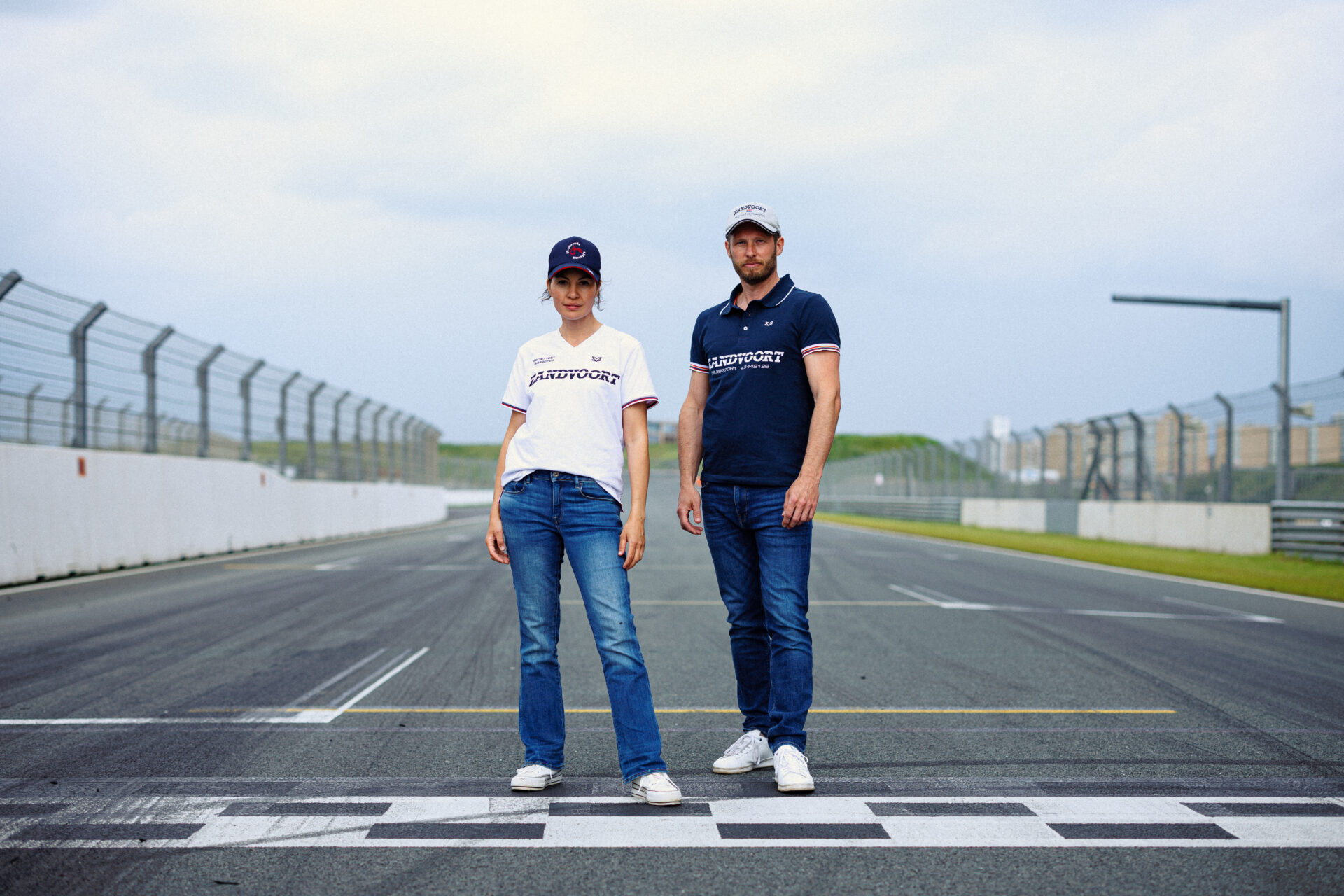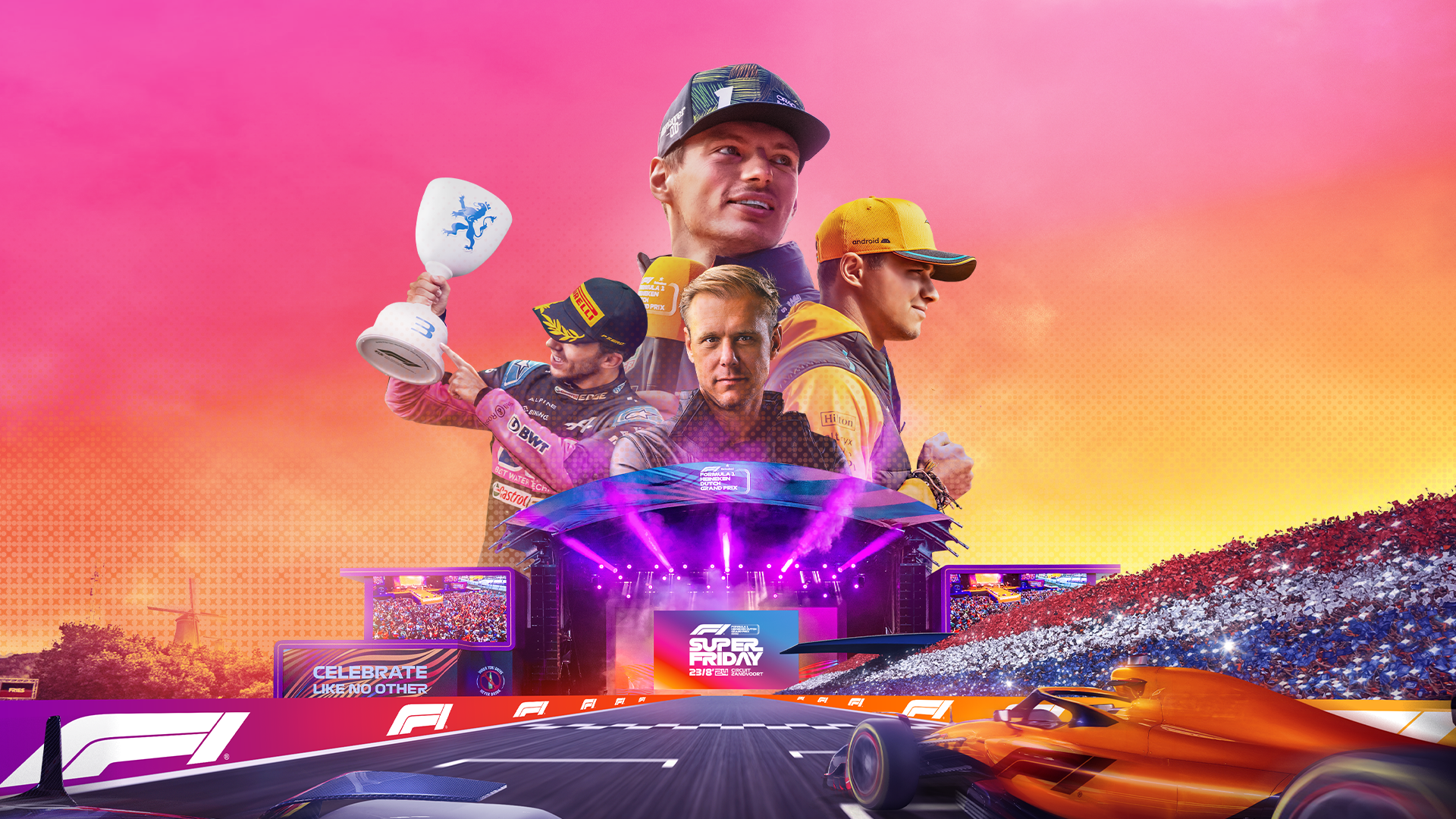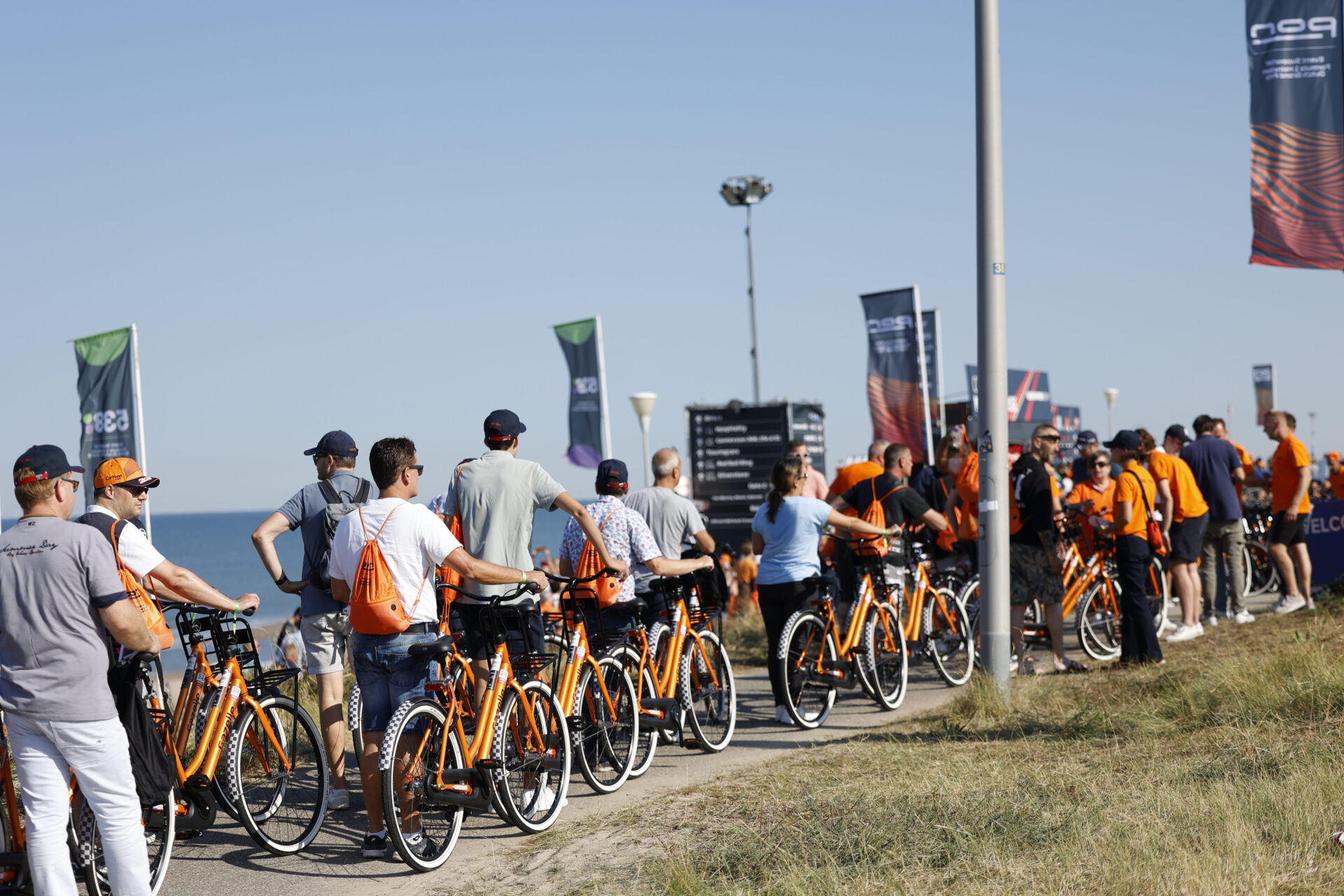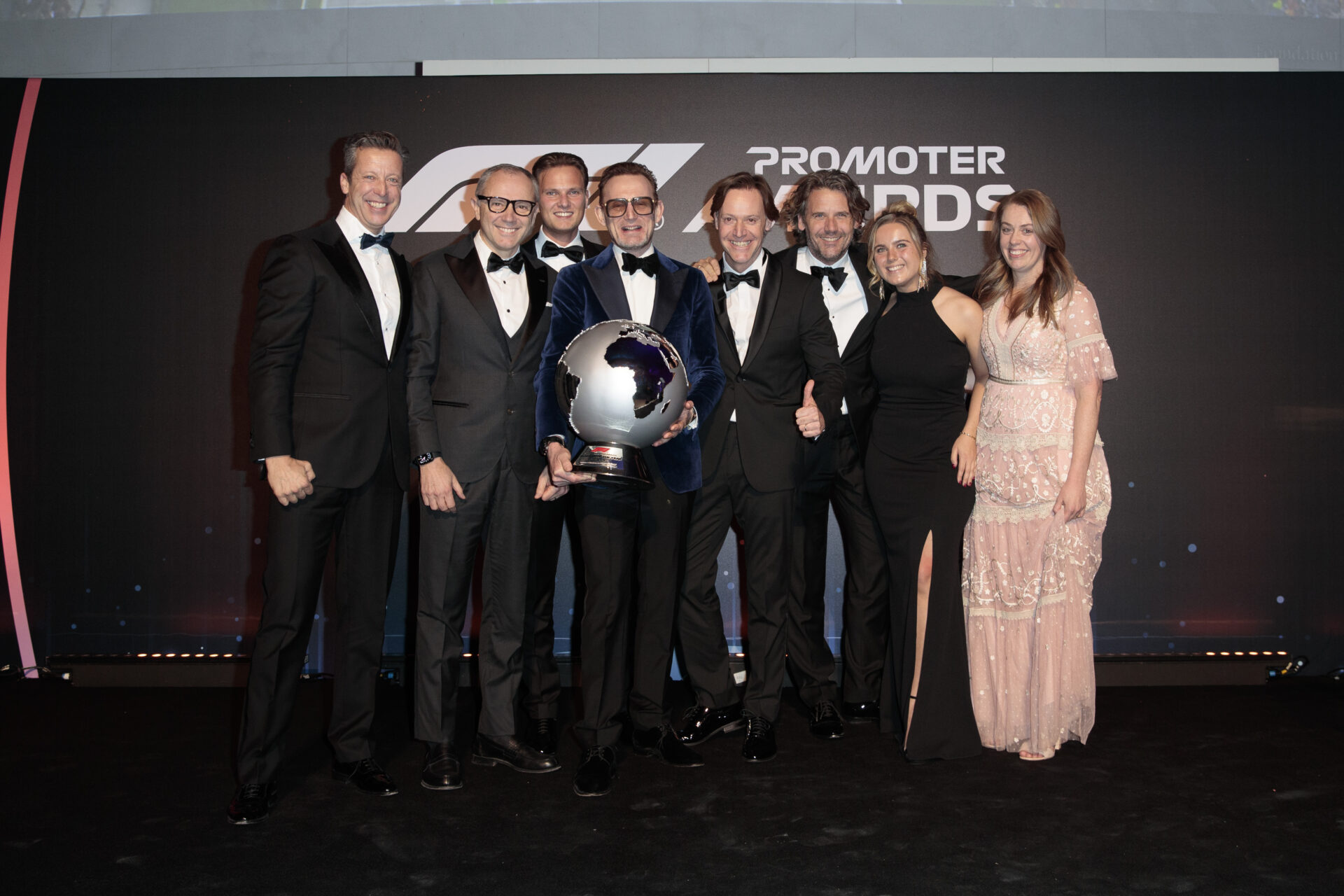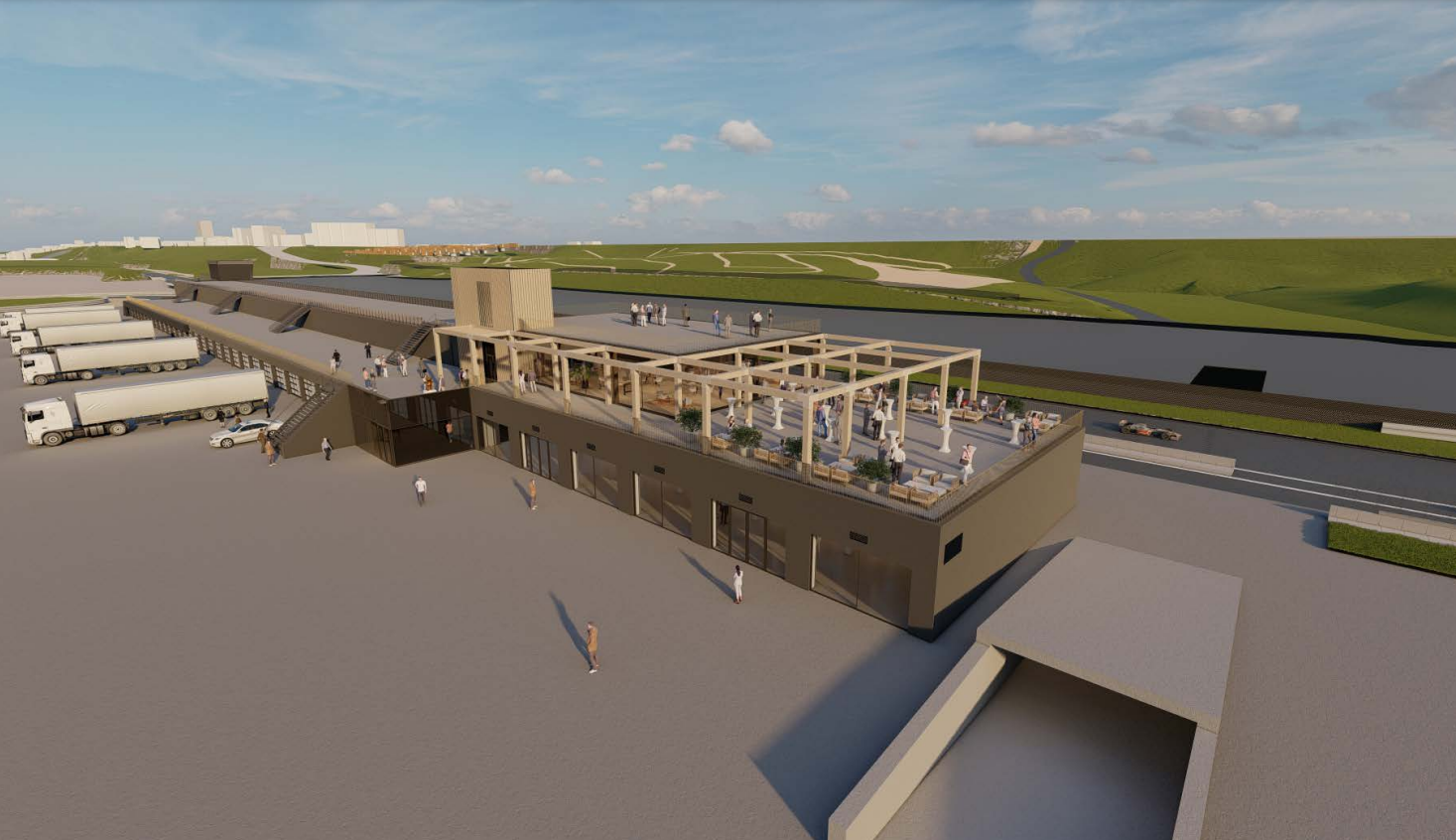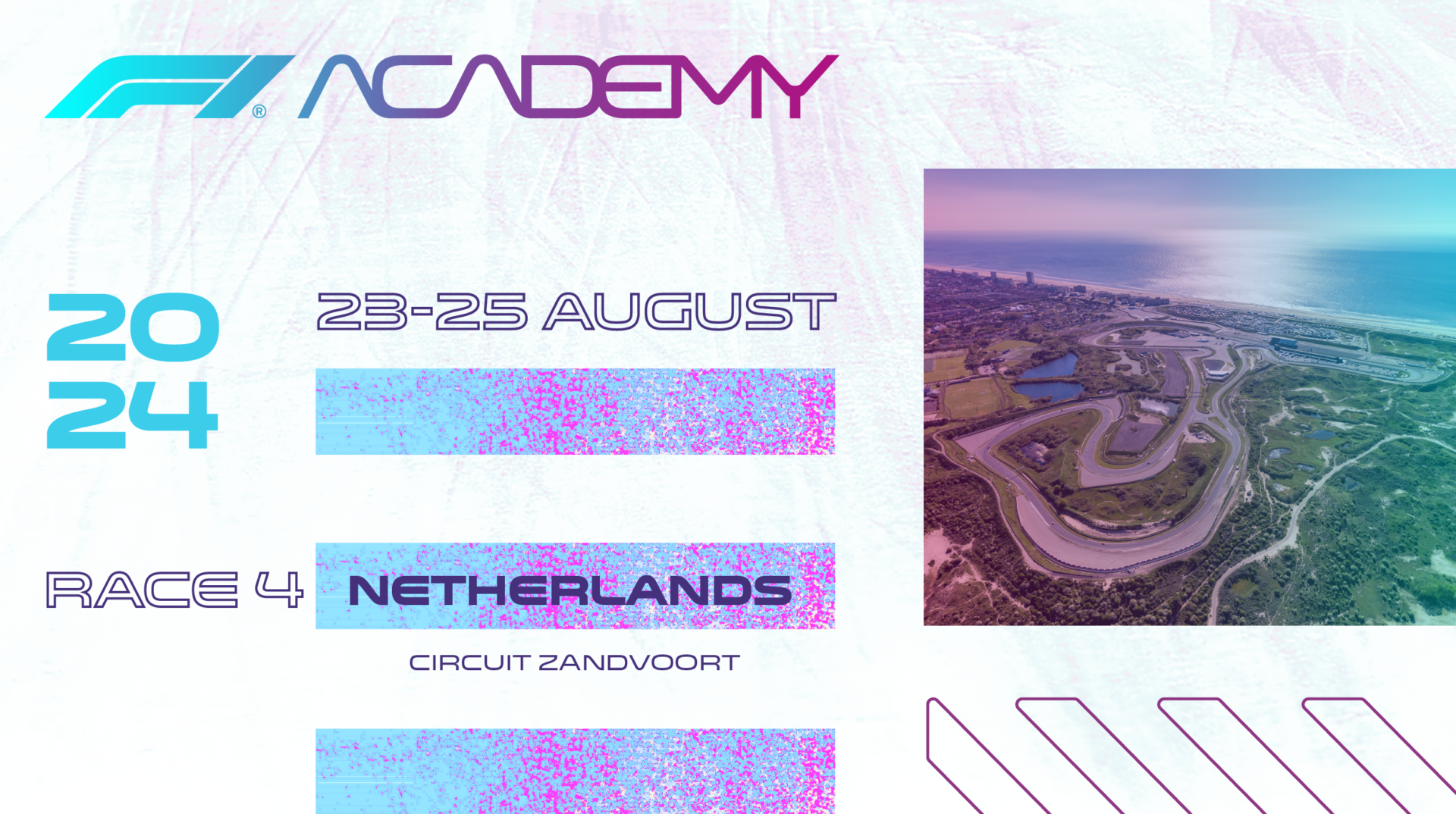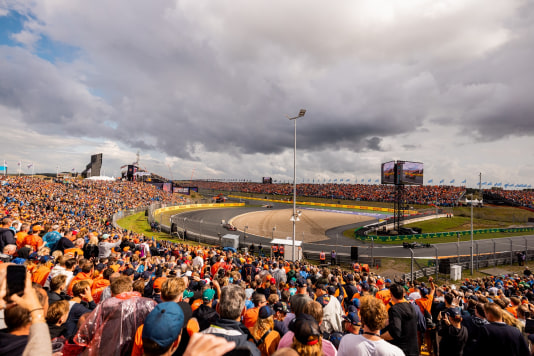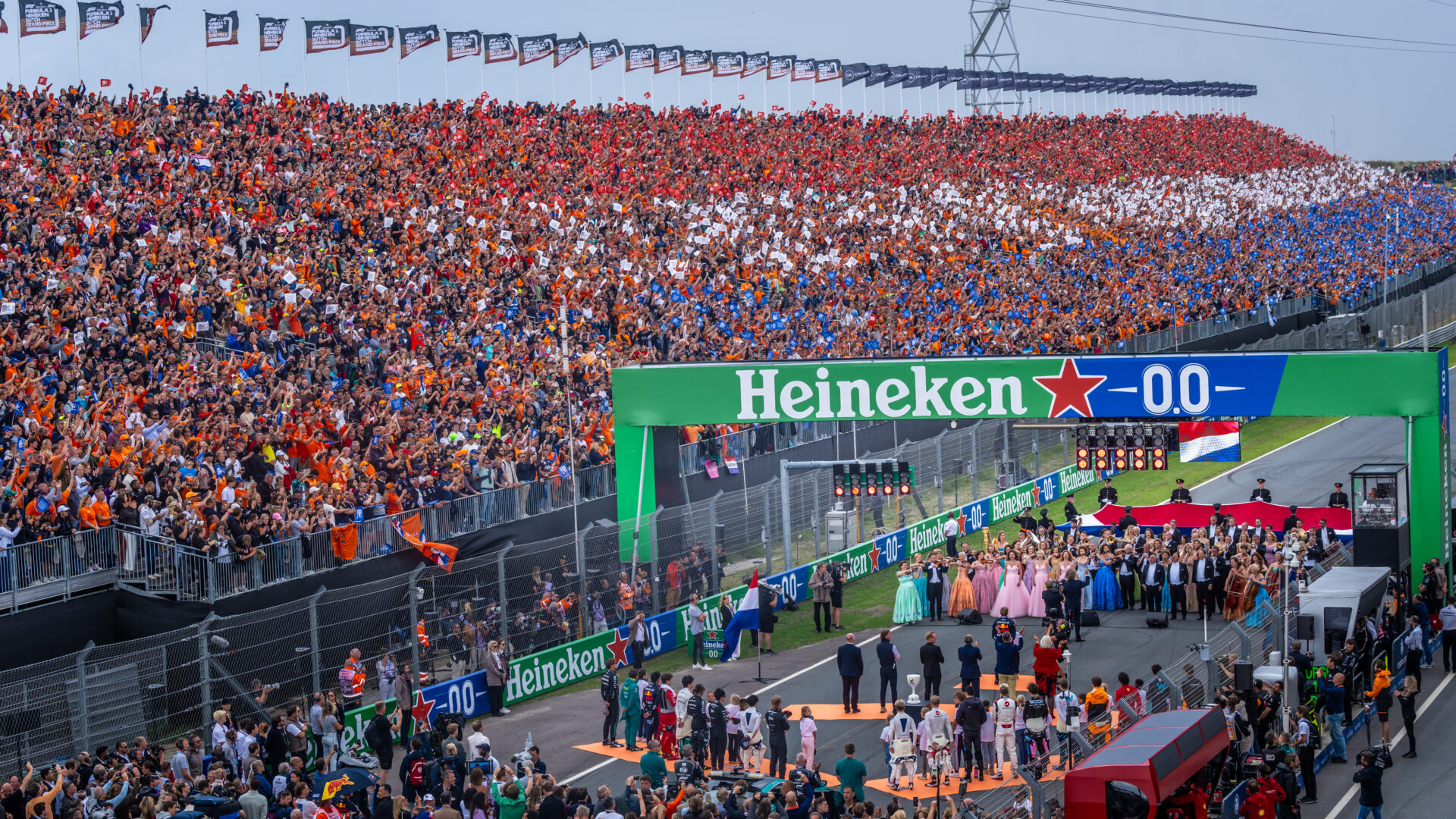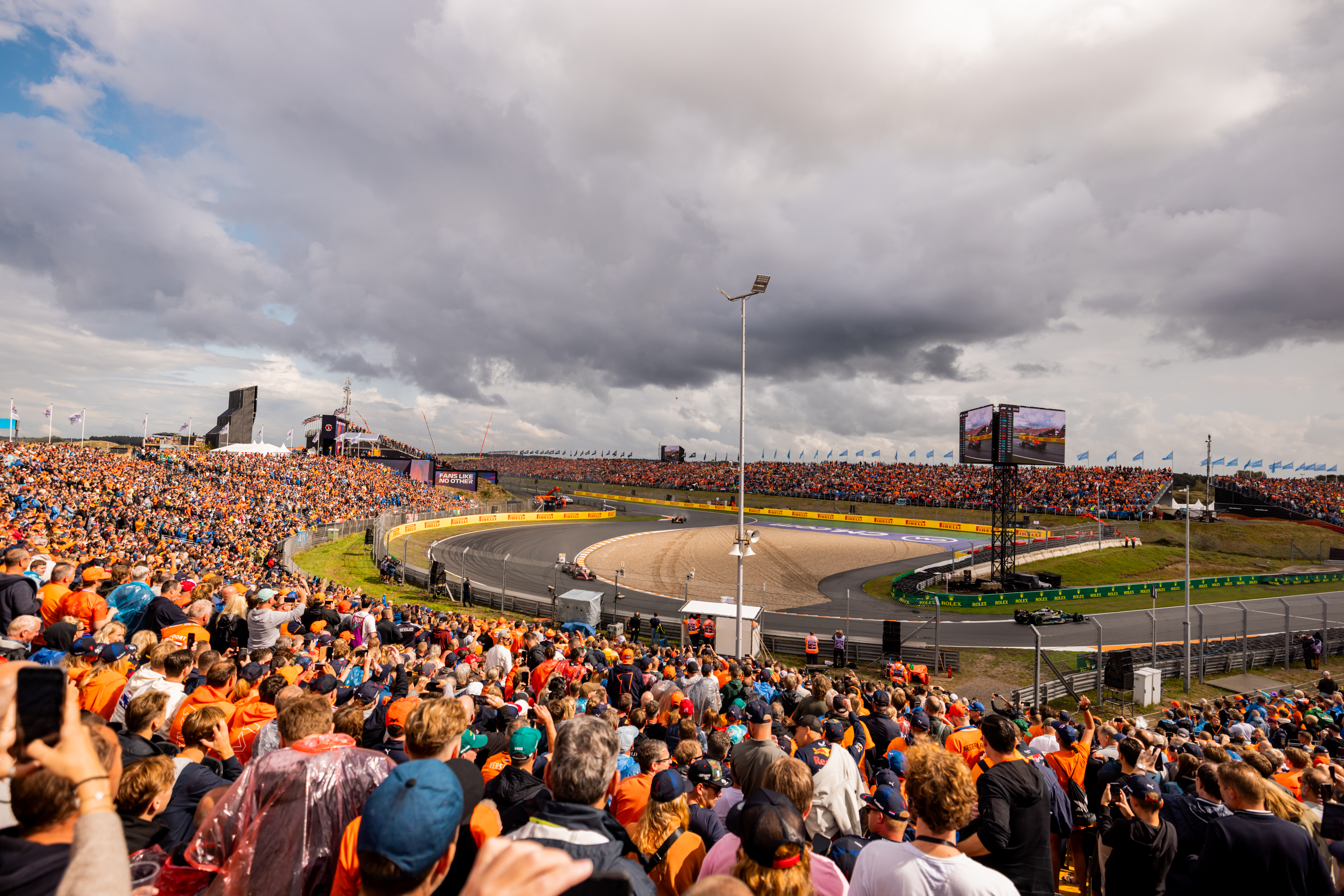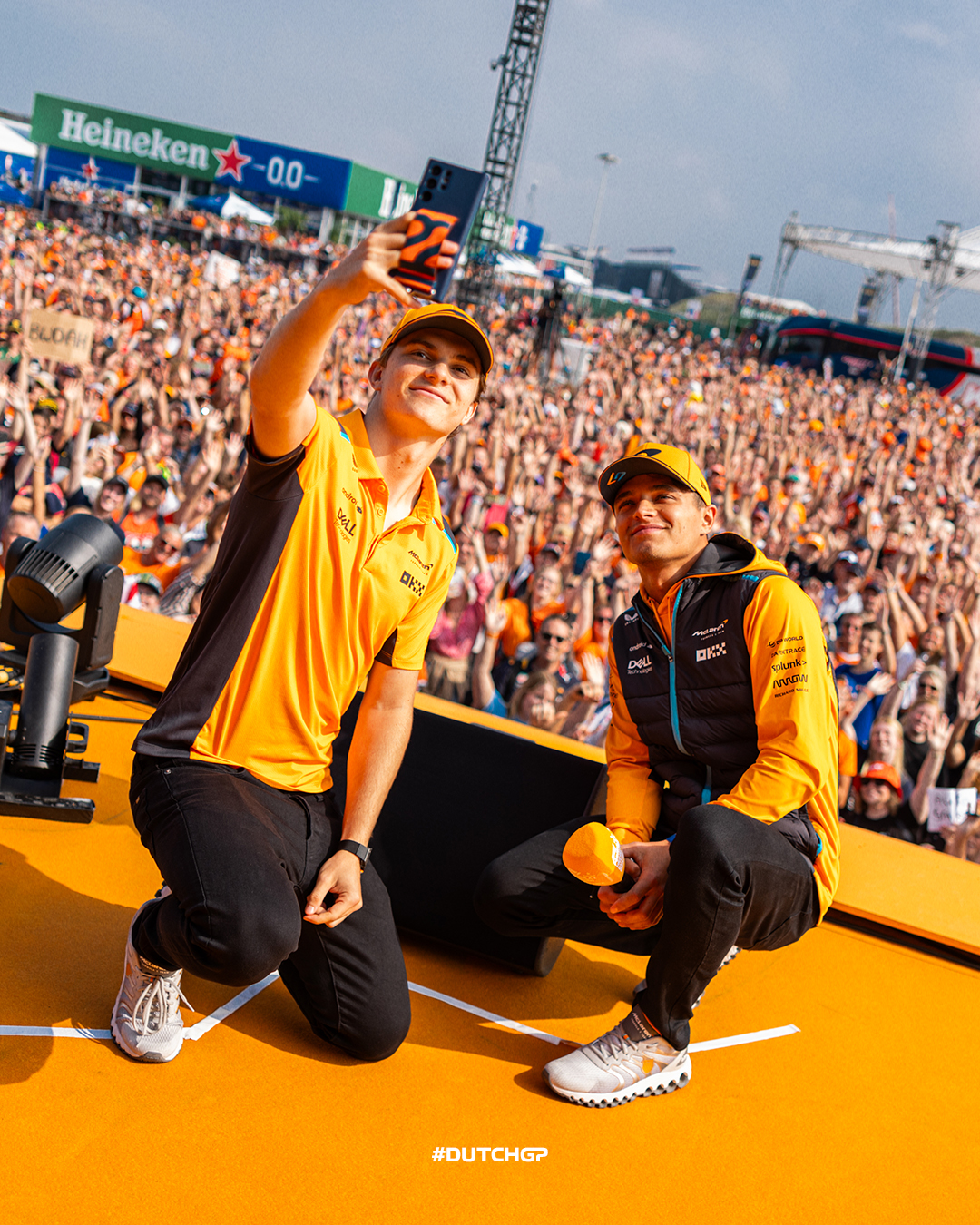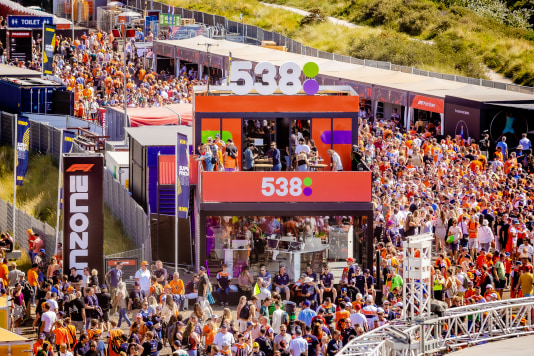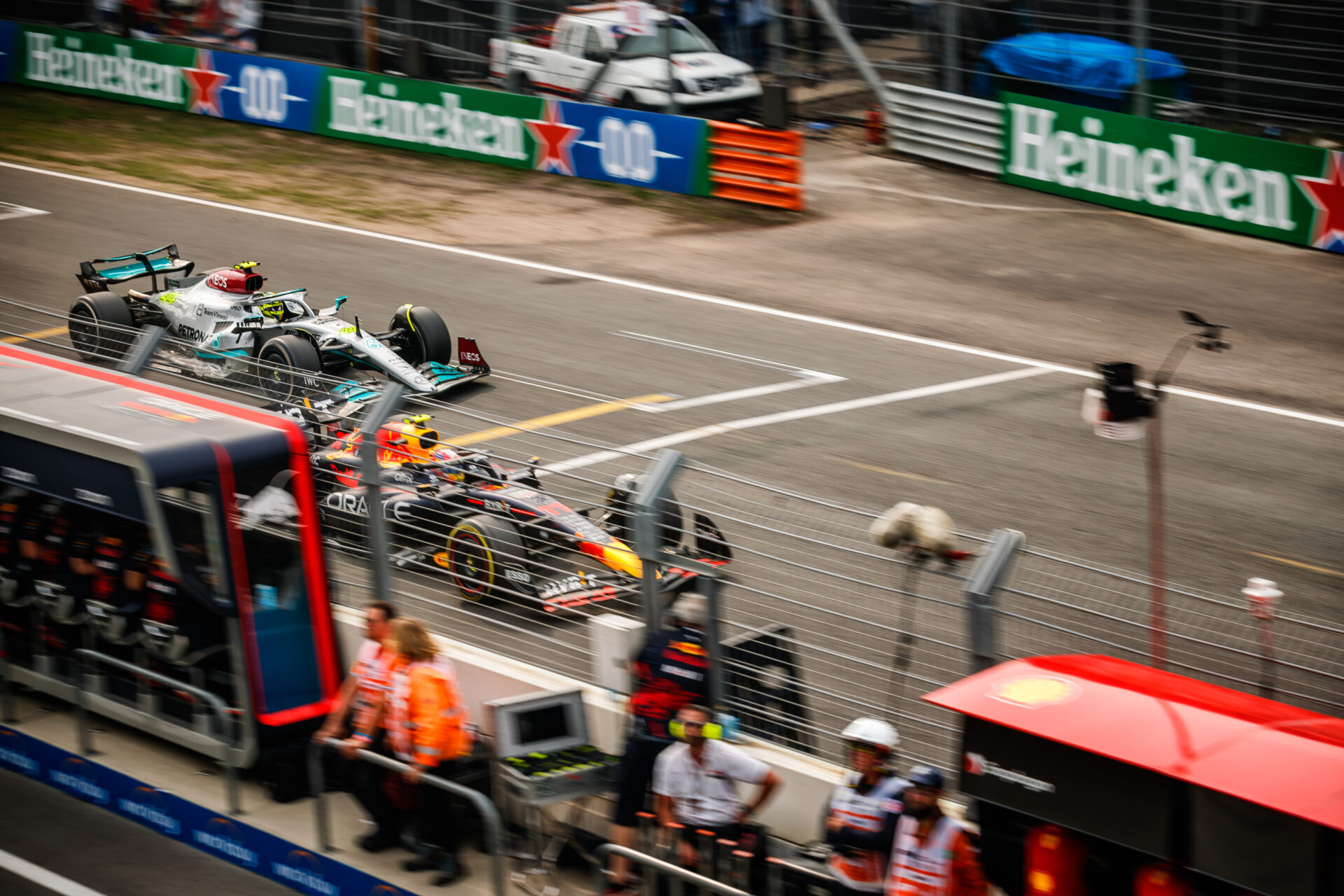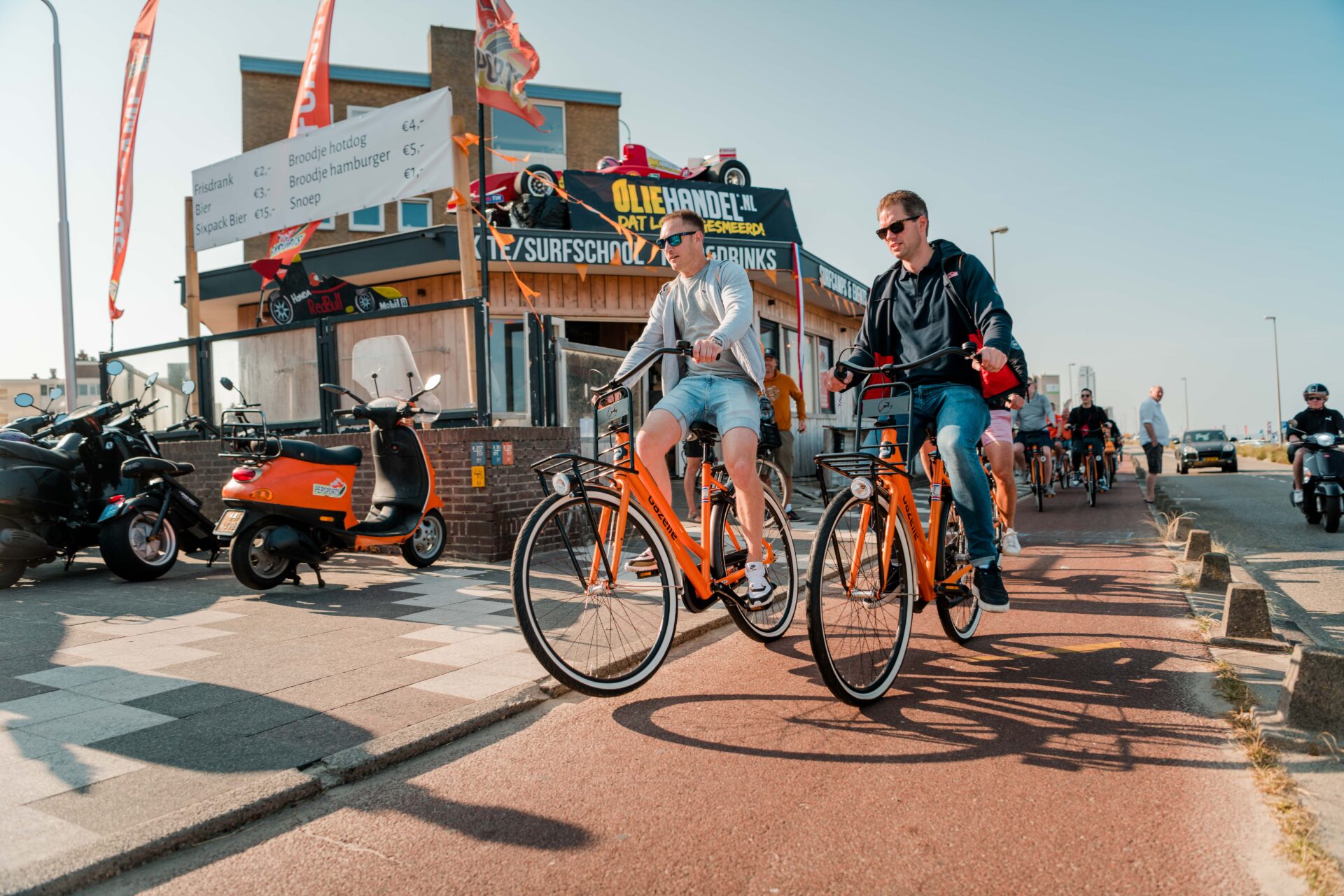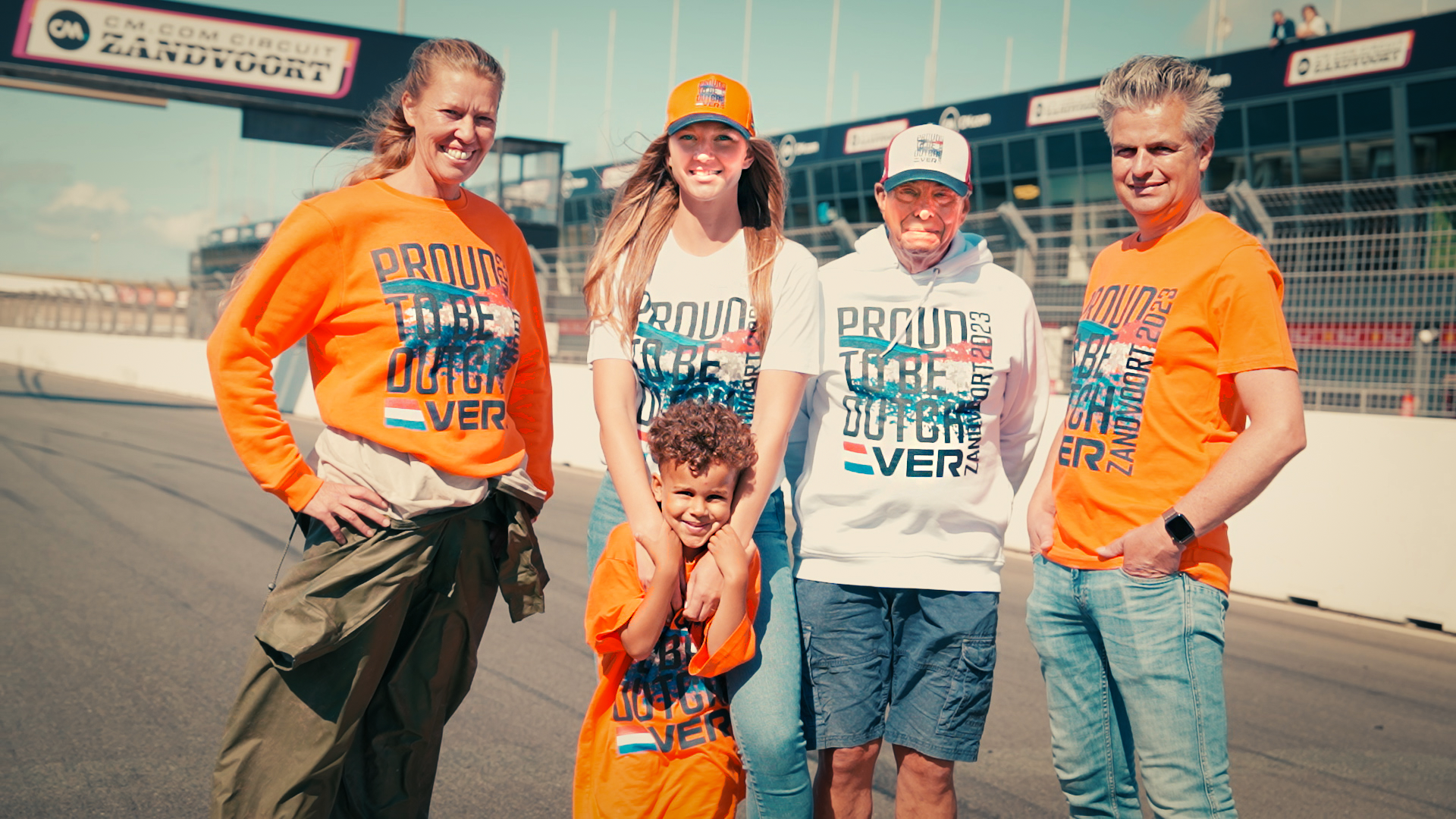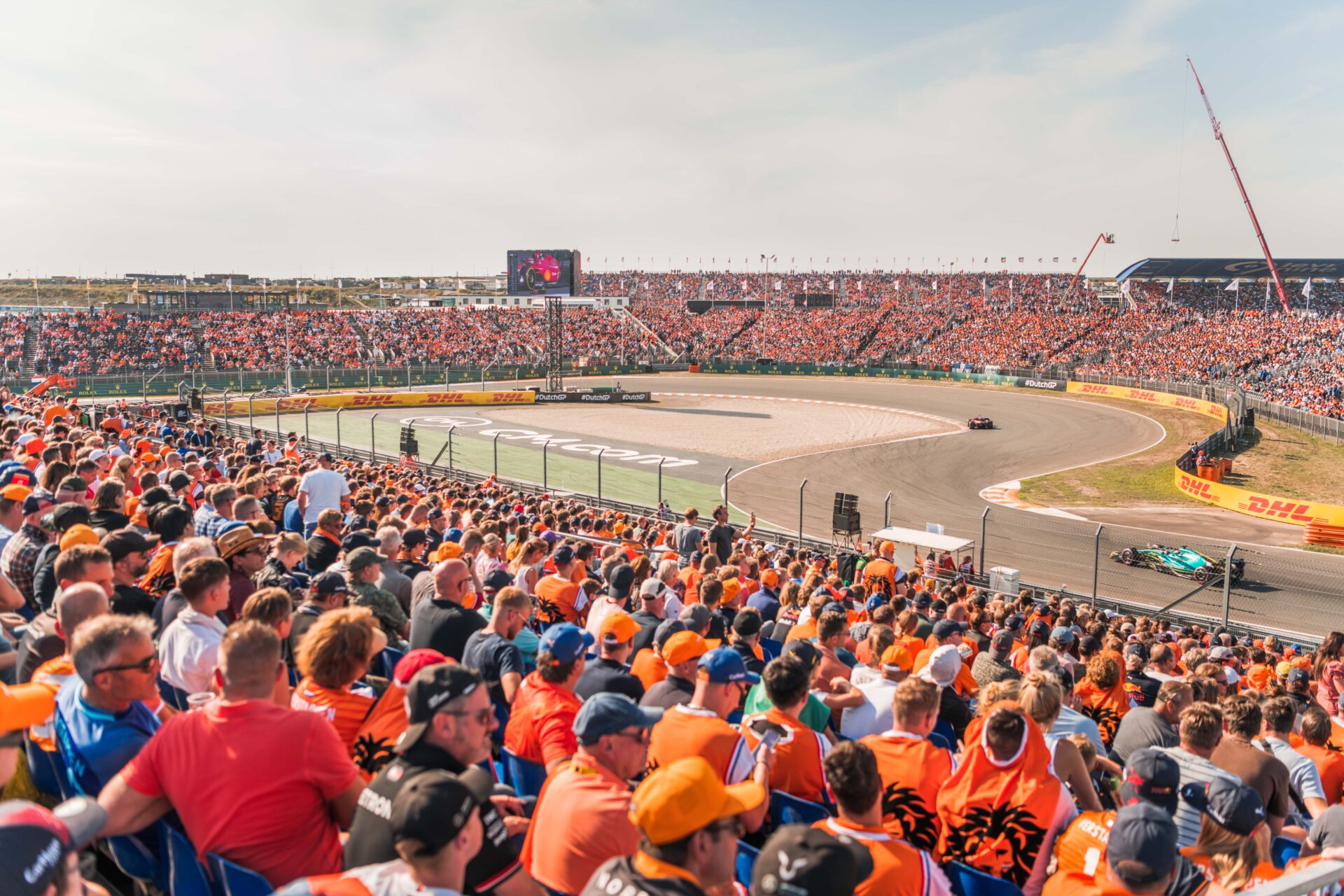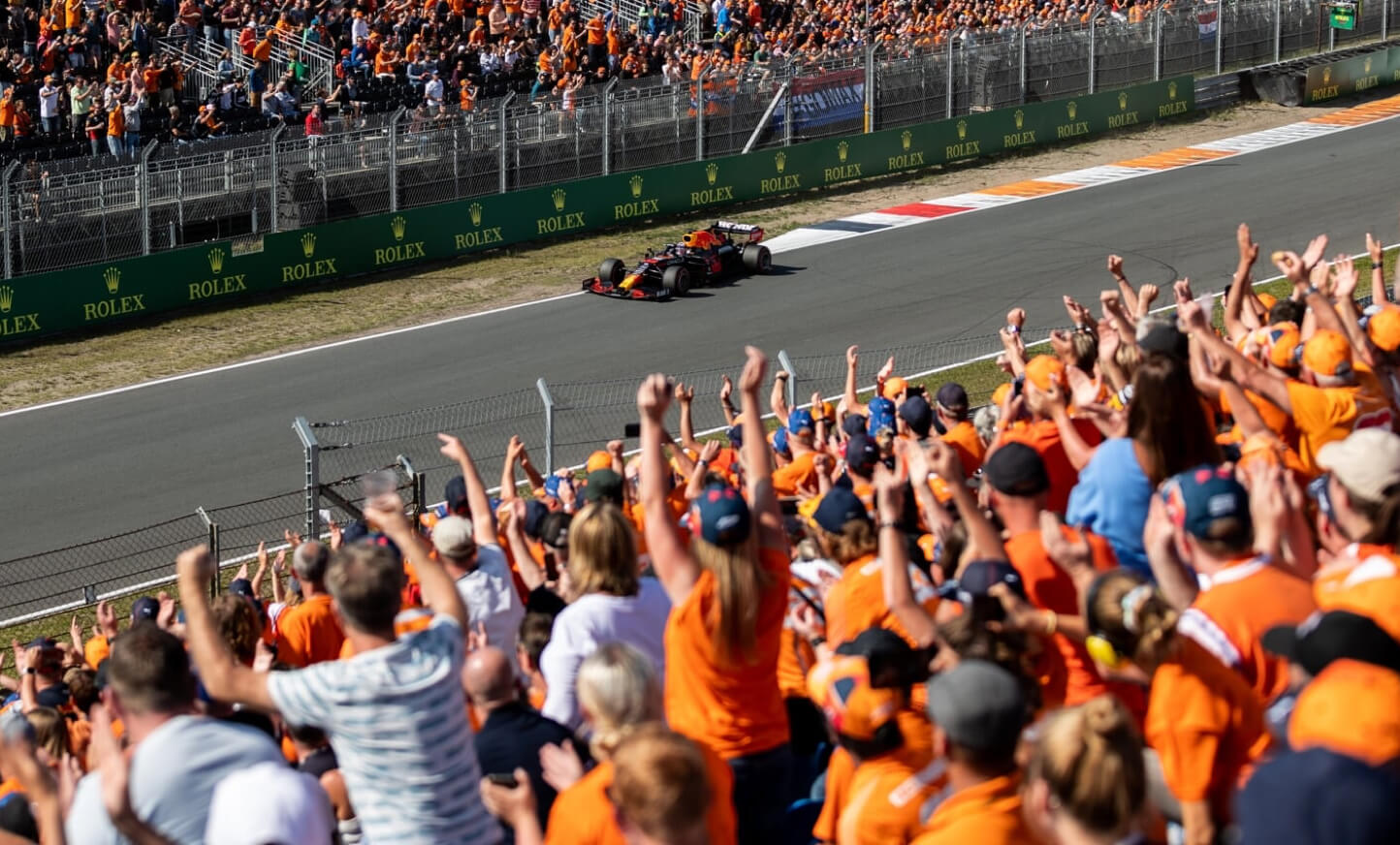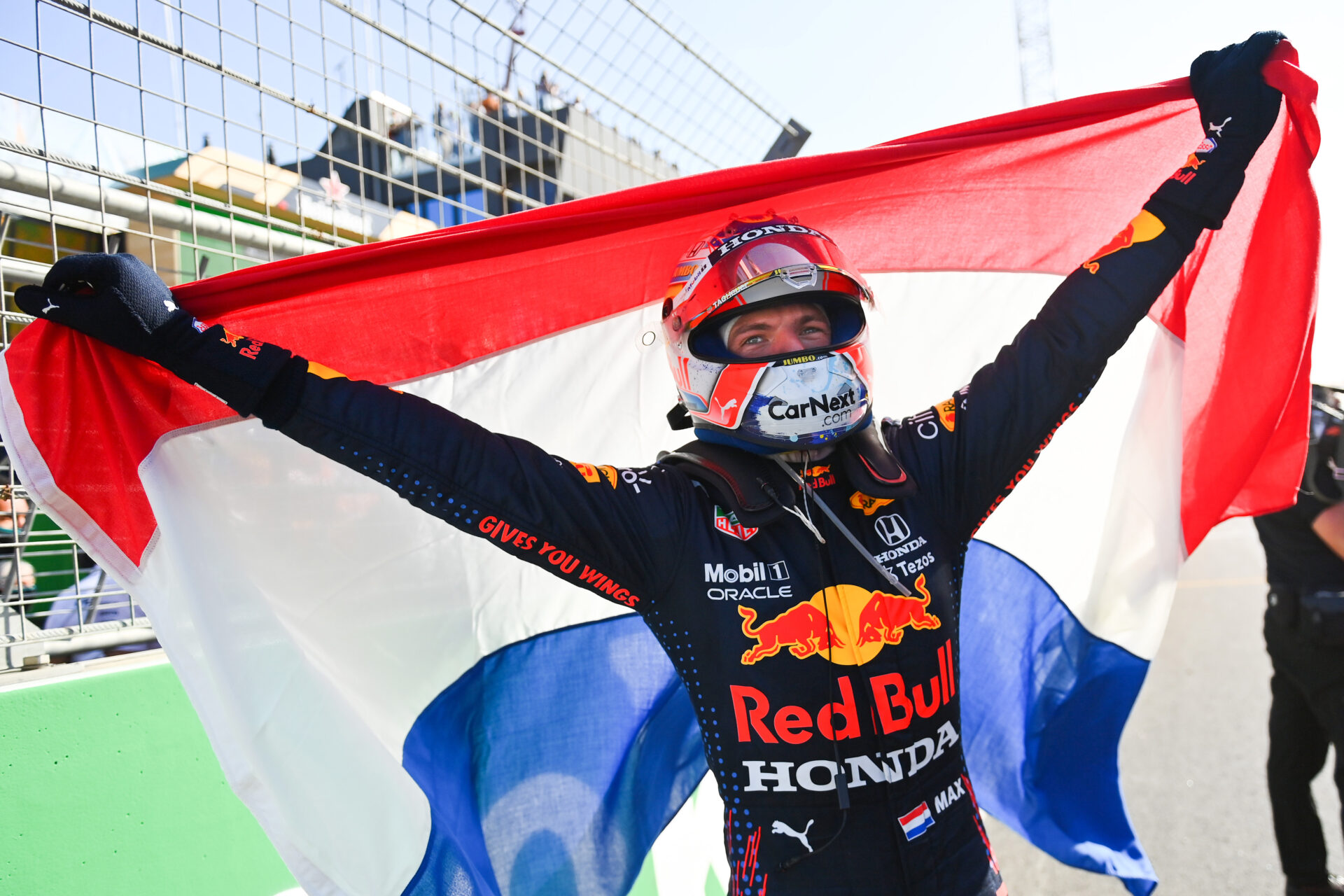The race weekend at Zandvoort comes to an end today and is already being labelled a success. Not just in terms of racing or organization, but precisely in terms of sustainability and social initiatives, the event was able to make many strides this year.
Orange is the new green
The aim of the FOM (Formula One Management) is to be CO2 neutral by 2030 and the organization of the Dutch GP is actively contributing to this in many ways. For example, from the very first edition, full efforts have been made to green the infrastructure around the CM.com Circuit Zandvoort by offering visitors better alternatives than transport by car. Yesterday it turned out that this goal was amply achieved and 0% of the regular visitors travelled by car. Means of transportation such as train and bus (42%) and bicycle (37%) are very popular. The impact of this adaptation is huge knowing that normally an event of this size owes about 70% of its footprint to visitor transportation. Furthermore, generators are used that run on HVO100 fuel, the most sustainable option available today. This will save the event a minimum of 80% CO2 emissions on its energy supply.
Attention to the environment
The Formula 1 Heineken Dutch Grand Prix collects and processes all waste separately and recycles all kinds of materials. For example, bags are made from discarded cloths. The organization also works to improve nature around the circuit, for example by upgrading the Visserspad. Last year 70% of the plastic cups were reused, a percentage that the organization also wants to maintain this year with 40,000 additional daily visitors.
Food waste is prevented as much as possible by donating leftover food to the Food Bank. Robert van Overdijk, director Formula 1 Heineken Dutch Grand Prix explains, “We not only look at environmental aspects, such as recycling and CO2 impact, but also at social initiatives, economic impact and the nature around us. Because of the steps we have been able to take, we are already ahead of our multi-year plan in several cases. We are very proud of that. We would like to be a forerunner in Formula 1’s netzero strategy so that we can inspire others to take similar steps.”
Social initiatives
The organization of the Dutch Grand Prix attaches great importance to making the largest motorsport event in the world as accessible as possible to everyone. For example, an Extra Care Court was deployed throughout the weekend, allowing 100 people with disabilities to still follow the race up close at the best spot on the circuit, in front of the main grandstand.
A lot has been considered on this platform, for example, it has a low-incentive area. Another initiative this year is that children currently at the Princess Maxima Center are in contact with the paddock by means of a robotic camera. Several drivers paid attention to this and had special one-on-one conversations with the children (see video here). Through the “Grid Kids program,” 20 children were able to attend Zandvoort through the LINDA.foundation, Esther Vergeer Foundation, and the refugee’s program, among others. “Through all these different initiatives we make the event bigger than the race itself and create positive impact. We will continue that in the coming years,” van Overdijk concludes.
